One thing I love about Chinese food is the variety of Chinese vegetables. It’s really one of the reasons I visit the Chinese and Asian super markets – you can’t find a lot of the veggies at your average stores. I’m going to introduce to you some of my favorite Chinese vegetables that I cook often on rotation, or vegetables you expect to see in Chinese food.
Bok Choy
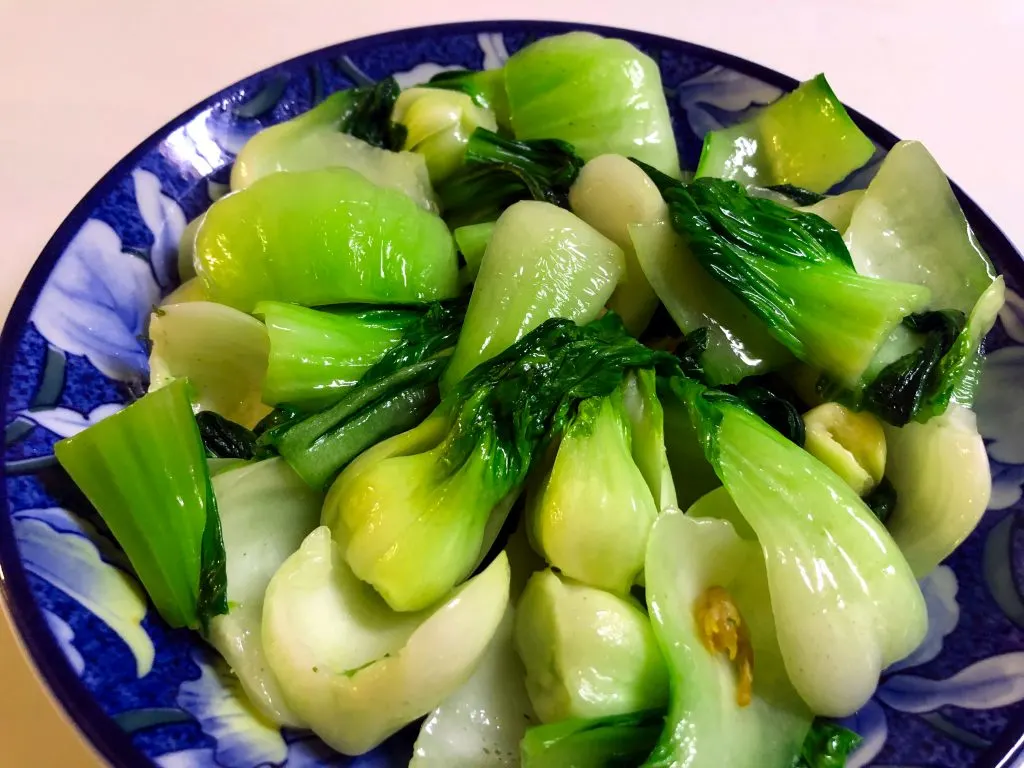
Out of all the Chinese Vegetables, this one might be the most popular. Bok choy (aka pak choi or pok choi or Qīngjiāng cài 青江菜, depending on your region) is a type of Chinese cabbage but unlike regular cabbages, they do not form heads and have leafy greens with bulbs at the bottoms.
Some describe the flavor as somewhere between spinach and water chestnuts with a slight hint of sweet and peppery undertone.
Usually, this healthy veggie (which is packed with Vitamin A and C) is stir fried in traditional Chinese dishes and makes a great side dish. Here’s how we make it at my house – making it the perfect amount of doneness, and flavorful!
If you’re looking for more bok choy recipes – check out these:
- Bok Choy Stir Fry with Dried Shrimp
- Bok Choy Beech Mushrooms Stir Fry
- Bok Choy Shiitake Mushrooms Stir Fry
- Shrimp Bok Choy Stir Fry
- Shanghai Bok Choy Stir Fry with Garlic
- Bok Choy Mushrooms Stir Fry
- Bok Choy with Garlic Sauce
- Or check out this round up of all the Delicious Bok Choy Recipes!
Sweet Bok Choy
Sweet bok choy 甜白菜 is a relatively new type of bok choy, and is actually more closely similar to napa cabbage than bok choy.
Bok choy and napa cabbage technically both belong to the same species – Brassica rapa! They’re just two different types of subspecies.
There are actually a wide range of veggies in this species category including various bok choys, napa cabbage, choy sum, turnip, and more!
The interesting thing is that Bok Choy type veggies do not form heads and Napa Cabbage type veggies do form heads.
What this means is that Napa Cabbage wraps around in to a ball like shape at the top – like regular green cabbage (which btw, is actually in a different species – Brassica oleracea). Bok choy’s leaves do not do this and have leafy blades that flow freely at the top.
So where does Sweet Bok Choy actually fall in all this? Sweet bok choy actually does form heads – so it is more similar to napa cabbage than it is with bok choy.
In fact the first time we bought Sweet Bok Choy it was because we were making hot pot which we always have napa cabbage, and the sweet bok choy looked more fresh than the napa cabbage that day – so we bought it as substitute.
You might be wondering why it is called Sweet “bok choy” if it’s more similar to Napa cabbage. This is because of linguistics.
The words Bok Choy (Cantonese) or Bai Cai (Mandarin) directly translate to “White Vegetable” (some bok choys are white such as the Baby White Stem Bok Choy). Often times called Xiao Bai Cai 小白菜 or “little bok choy”.
What is Napa Cabbage called? Da Bai Cai 大白菜 aka “large bok choy”! So really it is also called a bok choy in Mandarin!
Now it should make more sense why Sweet bok choy 甜白菜 is called a ‘bok choy’ though its more similar to Napa Cabbage.
If you are looking for a sweet bok choy recipe – check out my Sweet Bok Choy Stir Fry with Beef!
Chinese broccoli / Gai Lan
If you’ve never had Gai Lan, it’s also known as Chinese Broccoli or Chinese Kale! In Chinese, there’s also several dialects or spellings – so it’s also known as Jie-Lan and Kai-Lan too.
By the way you are probably going to notice that Chinese Vegetables have so many English names! It’s like no one could be on the same page about it. Well, whatever you want to call it, it’s a very delicious leafy green veggie and pretty common in Chinese food.
Fun fact! Broccolini is actually a hybrid between broccoli and gai lan.
If you love this veggie or want to try making it at home – check out my Chinese Broccoli recipes:
- Chinese Broccoli Recipe with Sesame Soy Sauce
- Beef Chinese Broccoli (Gai Lan) Stir Fry Recipe
- Chinese Broccoli Stir Fry with Garlic
Sweet Potato Leaves / Greens
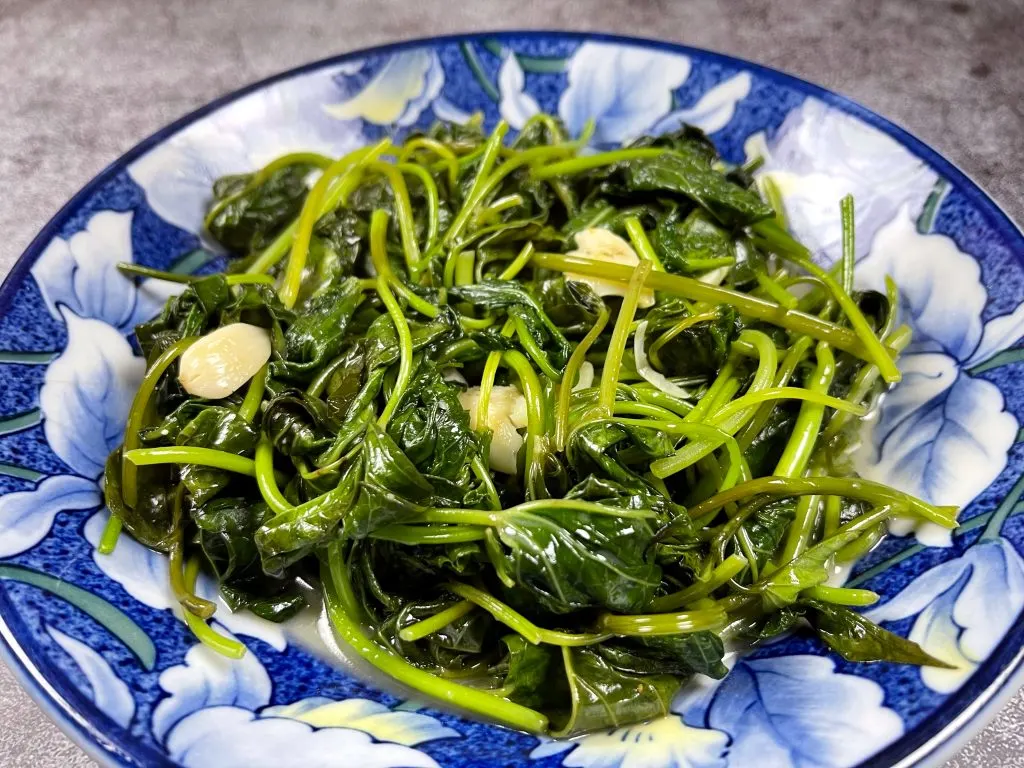
There is a lot of confusion between yam leaves and sweet potato leaves. Sweet potato leaves are edible, and not all yam leaves are edible.
Something interesting about this vegetable is that back in the day people refused to eat it (some may still refuse) because people used to grow sweet potatoes for eating and then fed the leaves to the pigs. My late grandpa used to hate it and referred to it as ‘Pig’s food’.
However, more and more people eat it now as it is actually one of the most nutritious veggies, so actually people should’ve been eating it all along.
These veggies contain niacin, thiamine, riboflavin, fiber, beta-carotene, and vitamins A, B, C, D, E, and K. They also contain sodium, potassium, calcium, zinc, magnesium, phosphorus, and manganese.
Also, if I haven’t already mentioned, it is also delicious – one of my favorite vegetables ever! Try this Stir Fry Sweet Potato Leaves Recipe!
Water Spinach
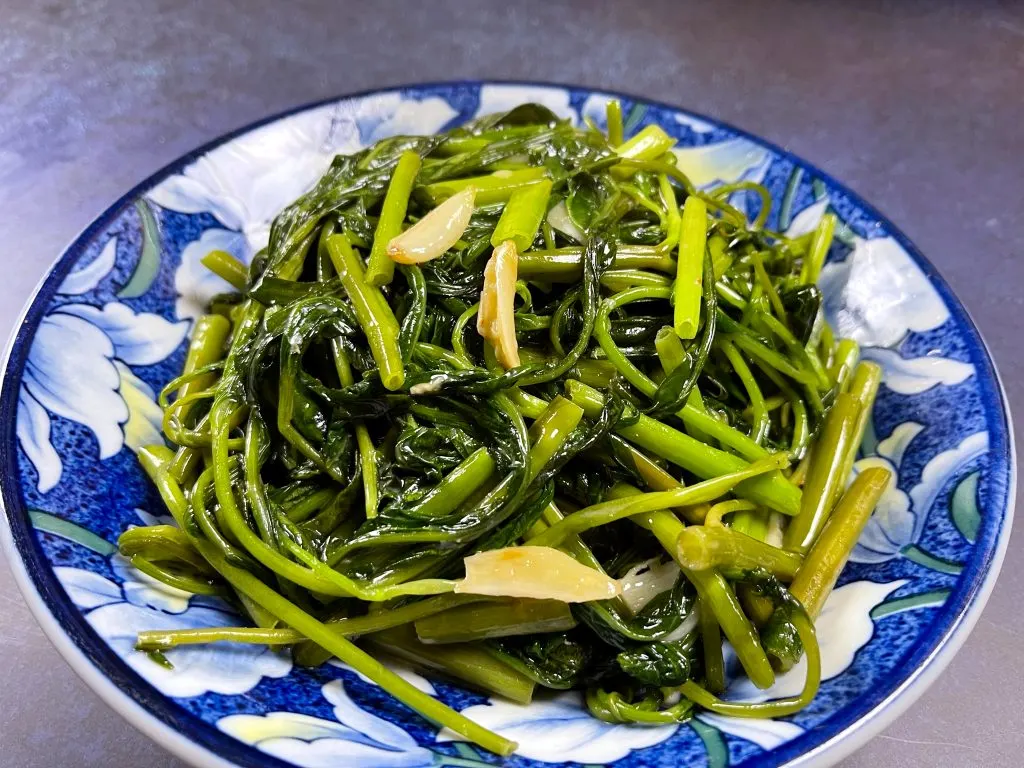
Water spinach is a long, leafy green with long tender hollow shoots. That’s why in mandarin it’s name is Kongxincai 空心菜, which directly translates to empty heart vegetable.
This veggie actually has several names – it is also known as kangkong, river spinach, water morning glory, or ong choy is a vegetable that originates from Southeast Asia.
Water spinach is commonly cultivated in Southeast Asia, East Asia, and South Asia where it is warmer and receives more rain, as it grows abundantly near waterways and requires little to no care.
It grows so well, in fact, that it’s actually illegal in most states! Water spinach is considered an invasive species. But because it’s such a staple in Asian cooking, this leafy green is finally unbanned in some places – most recently, Georgia, where I live!
This is awesome news to me because out of all the delicious Chinese Vegetables, my favorite is this one – water spinach!
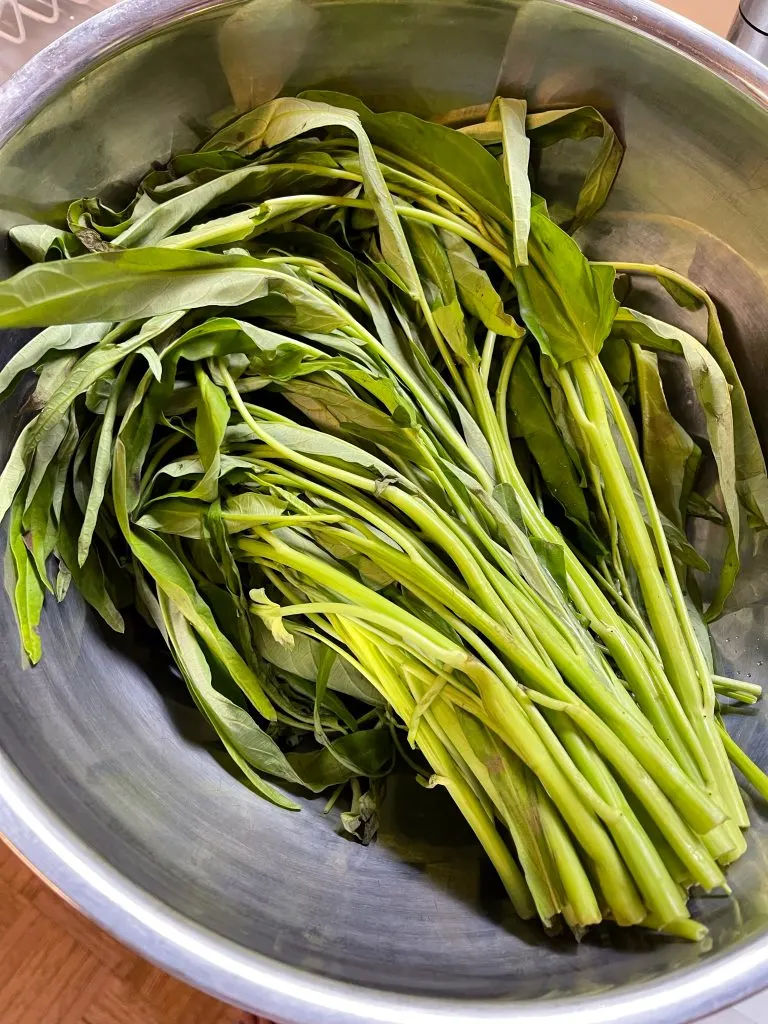
Water spinach is often used in Indonesian, Burmese, Thai, Lao, Cambodian, Malay, Vietnamese, Filipino, Chinese, and Taiwanese cuisine.
Also – this veggie can be eaten both cooked and raw.
If you want to make this delicious veggie – check out my Stir Fry Water Spinach Recipe!
Yu Choy / Choy Sum
Yu choy is also known as Choy Sum (as mentioned many names for Chinese Vegetables) It is a very common Chinese green leafy vegetable in China and Taiwan. It’s name in Chinese (油菜) directly translates to “oil vegetable” in English. It is named this because this vegetable is closely related to rapeseed, which is what is used to make canola oil.
Yu choy has a similar taste to baby spinach, but it is a lot more of a crunchy texture. It also actually can also have a subtle bitter and peppery taste.
This vegetable is a great source of folate and also vitamin B6. It also contains beta-carotene which is an antioxidant that gets converted to vitamin A after yout eat it. It’s also packed with fiber, calcium, and iron!
I enjoy cooking it in my Yu Choy Stir Fry with Ginger. Another way I cook Yu Choy is with smashed garlic. Both are delicious. In this recipe – I’m going to show you how to stir fry yu choy with sliced ginger.
Han Choy / Red Amaranth
Have you ever had Red Amaranth before? When I was little I was always excited about eating Red Amaranth because the veggie turned the dish’s juice red (and I was easily amused, I guess).
Actually, I still am amused! But I also get excited just because this Chinese Red Amaranth Stir Fry with Garlic is a delicious veggie side dish, and a super easy stir fry to make as a side dish to go with any Asian entrée!
In my household, we’ve always called Red Amaranth as Han Cai (漢菜) but it actually is know by many Chinese names – Xian Cai (莧菜) and Hong Cai (红菜) to name a few. Funnily, Hong = Red, and Cai = Vegetable, so that nick name is literally just “Red Vegetable”. (Yes, many names for Chinese Vegetables sometimes…)
Nutrition wise, this vegetable is packed with thiamine, niacin, calcium, potassium, iron, manganese, zinc, and copper. Also, Amaranth leaves are a good source of vitamins A and C and folate.
Pea Shoots / Snow Pea Shoots
What are Pea Shoots? Pea shoots are actually the leaves of the pea plant! It’s usually the snow peas or sugar peas variety.
Peas actually take a whole summer to grow, but the leaves for the peas can be harvested about 2 to 4 weeks in, and when harvested they are about 2-6 inches.
The most common, easy, and delicious way? is to Stir Fry Pea Shoots, and I recommend with smashed garlic! Stir Fry Pea Shoots aka 炒豆苗 Chao Dou Miao brings out it’s delicious flavor along with the garlic and takes only a few mins to make!
Malabar Spinach
Malabar spinach’s official name is Basella alba and is native to the Indian subcontinent, Southeast Asia and New Guinea. It can now also be found in other countries such as China, Africa, Brazil, Philippines, Columbia and more.
In mandarin Chinese, it is also known as “royal palace vegetable” (huang gong cai 皇宮菜) because legend has it a long time ago Thai king designated it as a “royal dish”. It’s also known as mu’er cai 木耳菜, vine spinach, ceylon spinach, indian spinach.
While it has the word ‘spinach’ in its name, Malabar spinach is not really a spinach but a distant cousin of spinach.
This vegetable is a great source of vitamin A, vitamin C, folate, and manganese. It also contains B vitamins – which makes it a pretty healthy and nutritious veggie to eat!
The most unique pat about this vegetable is that it has a slippery texture when cooked, similar to okra!
You can eat malabar spinach raw or cooked! If you are eating it raw, it has thick leaves that are very juicy and crispy.
If you are cooking it, you will find that it has similar ‘slimey’ feel similar to okra. There are several ways to cook this vegetable.
For example, in Sri Lanka, malabar spinach is often used to make curry. In the Phillippines, it is often made in a vegetable soup called Sinabawang gulay or Utan. The leaves are deep fried in Gujarat.
In Chinese cuisine, it is often used in soups and stir fries. I will show you how to stir fry malabar spinach in this recipe.
Napa Cabbage
Napa Cabbage is one type of cabbage, and is also known as Chinese cabbage. It is oblong shaped, and it’s leaves are more tender than your normal green cabbage.
It is more closer to lettuce in texture, which one time confused the cashier that was trying to ring my Napa Cabbage up. He was convinced it was Lettuce, but I had to explain that it was actually Napa Cabbage!
Fun fact: Napa cabbage is the type of veggie most commonly made in to Kimchi (a fermented dish originating from Korea).
I’m not sure if out of all the Chinese Vegetables if this or Bok Choy is most popular. What do you think?
If you’re looking for a napa cabbage recipe – check out these delicious recipes:
Stir Fry Napa Cabbage with Dried Shrimp
Napa Cabbage Glass Noodles Stir Fry
Shiitake Mushrooms Napa Cabbage Stir Fry
Chinese Mustard Greens
Also known as: Gai choy, Chinese mustard, Indian mustard, leaf mustard.
Chinese mustard greens is a species of the mustard plant. There are also actually several different types (or subspecies) of mustard greens, and today we are cooking with Gai Choy 芥菜 (aka Head Mustard).
Gai Choy grows about 12 inches in length and has a large bulb or stem with leafy greens at the top.
What do Chinese mustard greens taste like? Chinese mustard greens, or gai choy tastes bitter, with hints of pepper. If you like bitter tasting veggies (bitter melon anyone?) you may enjoy this vegetable.
I would say that it’s definitely an acquired taste – and if you’ve acquired a taste for it this is a simple recipe on how you can make it at home! If you haven’t had it before, and would like to try it – this is your chance to try my Chinese Mustard Greens Stir Fry!
I should also mention we often use a pantry item called pickled mustard green that’s made from this veggie!
Pickled mustard greens is called suan cai 酸菜 in Mandarin Chinese, which directly translates to ‘sour vegetable’. It is sometimes referred to as Chinese sauerkraut. It is a type of pao cai – which are fermented vegetables.
There are actually two types of suan cai, one is the fermented Chinese mustard greens from the southern and western Chinese region, but in the northern region, napa cabbage is often used.
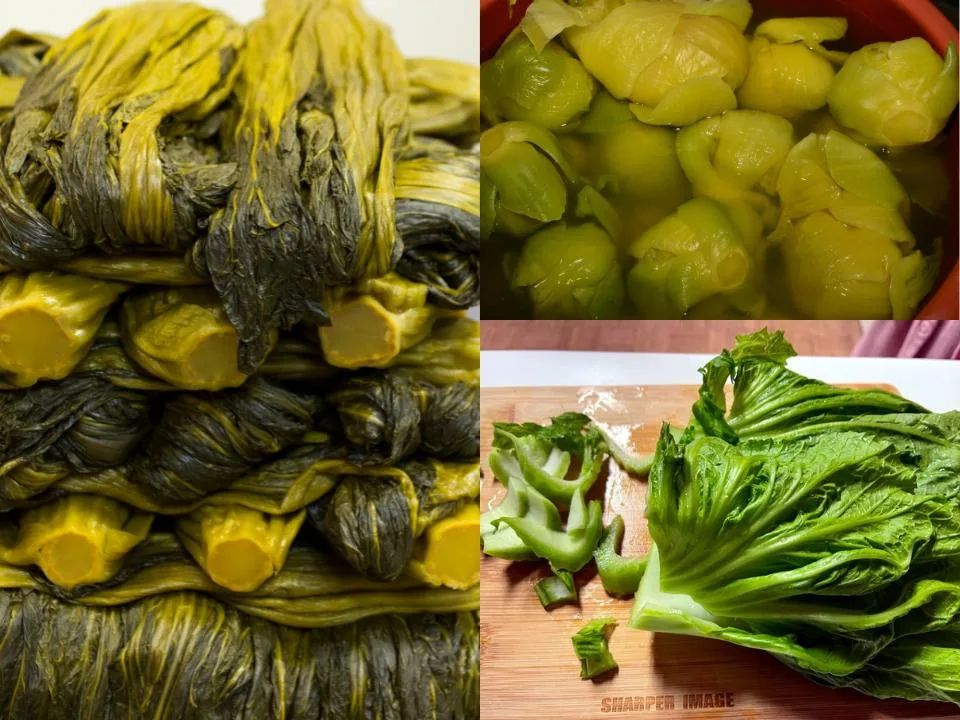
Often Chinese mustard greens can be used as a topping for noodle soups, cooked in stir fries, used in dumplings fillings, used in soup or hot pots, and more!
You can find these usually in Asian super markets or grocery stores, and they also actually sell them online too such as on Amazon.
Now if you can’t find this you can actually make it at home – here’s a recipe for how to make Chinese pickled mustard greens.
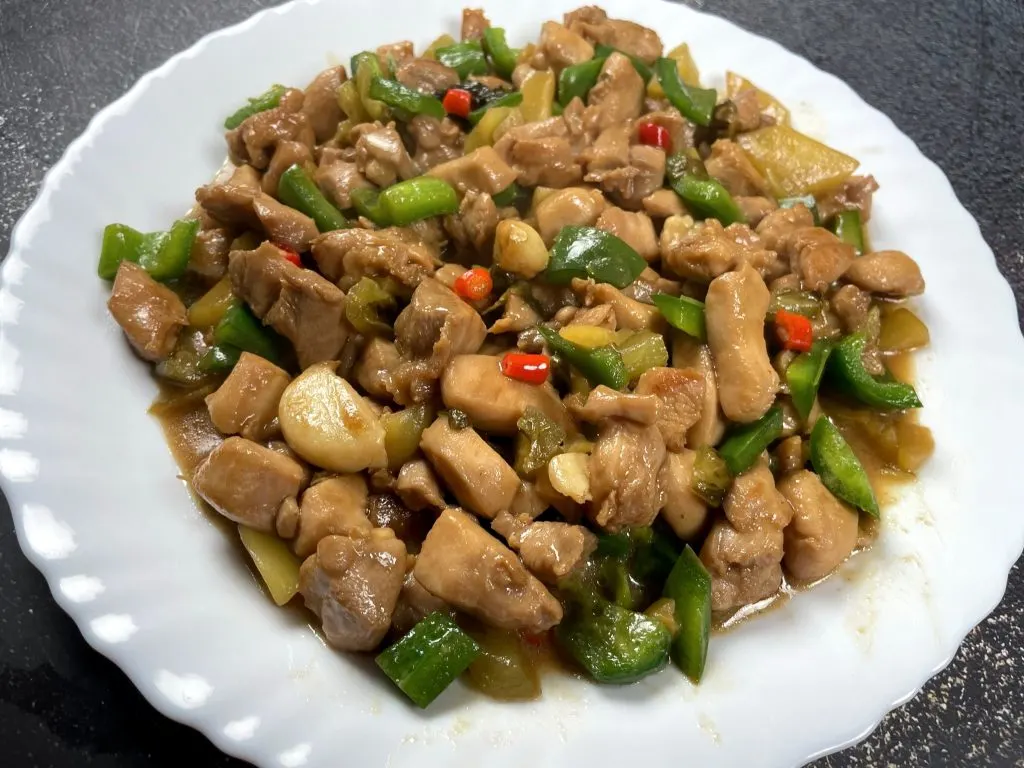
And if you’re looking for a delicious recipe using pickled Chinese mustard greens… you’ve gotta try my Chinese Chicken with Pickled Mustard Greens (Suan Cai)!!
Taiwanese Cabbage
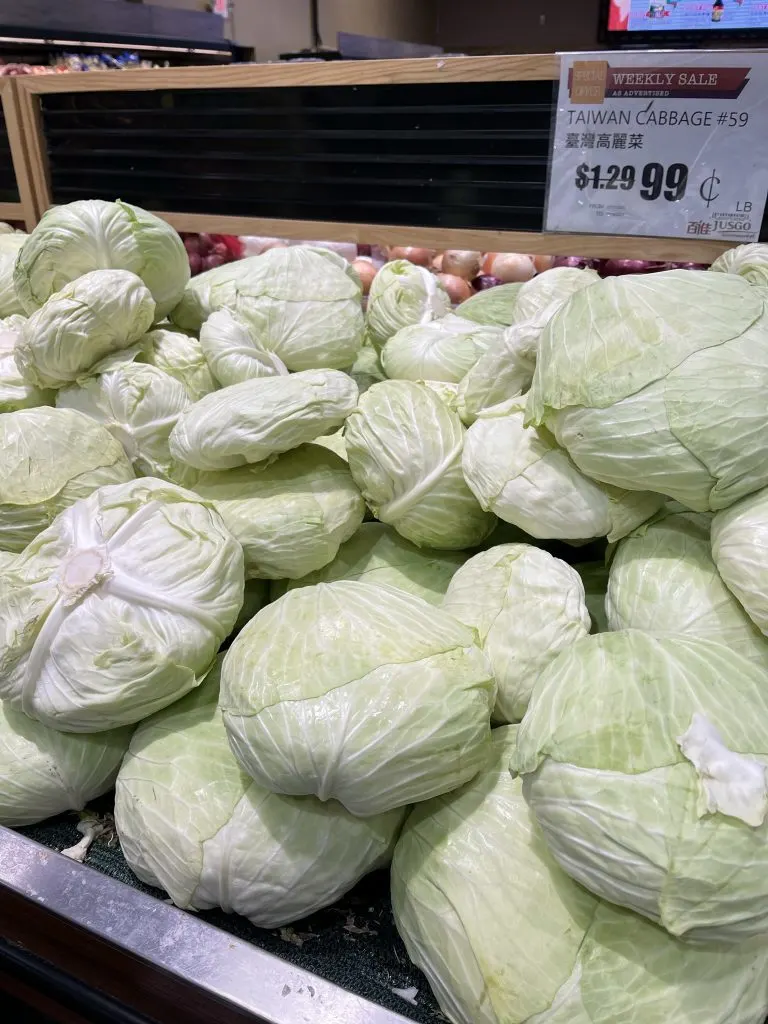
The Taiwanese cabbage or flat cabbage has a large flat head. In comparison to regular green cabbage, Taiwanese cabbage is more sweet and tender. This is the type of cabbage most often used in Asian cuisine.
If you can’t find any Taiwanese cabbage around, you can usually just substitute with regular green cabbage. However, cooking times may vary slightly – and this also depends on how tender you like your veggies. Green cabbage takes a little longer to cook than Taiwanese cabbage in order to achieve the same level of ‘softness’.
If you’re looking for a recipe for this veggie – check out my Cabbage Stir Fry with Dried Shrimp recipe!
Watercress
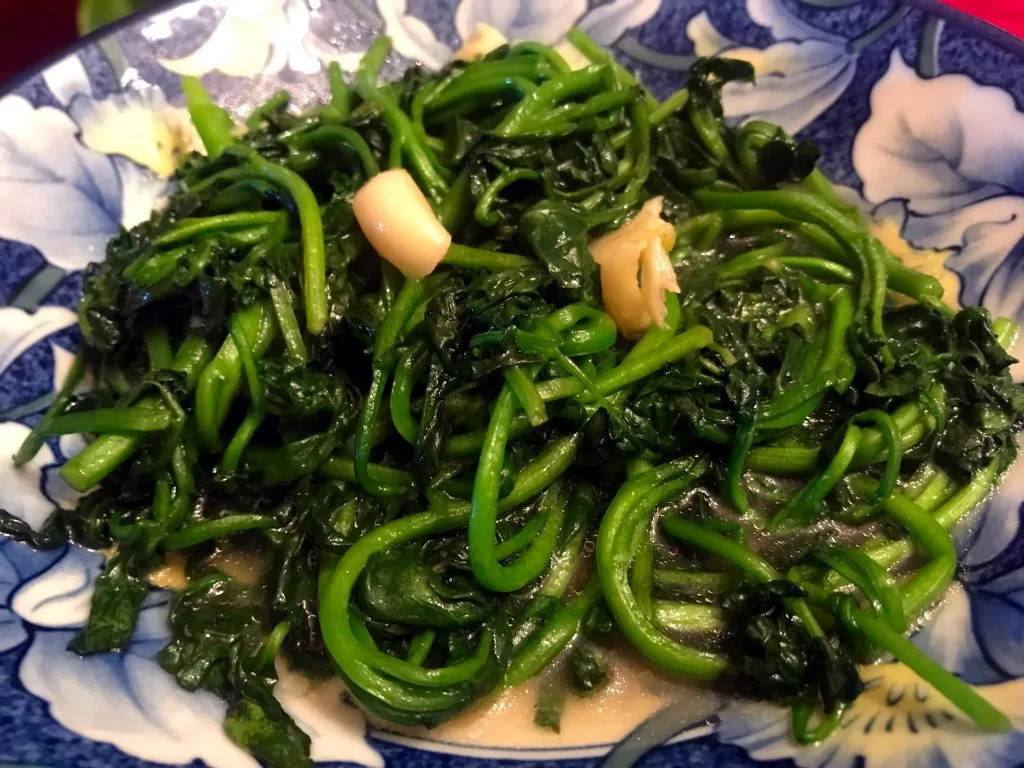
Watercress in Chinese is Xi Yang Cai or 西洋菜. Which actually directly translates to “Western Vegetable” (mandarin Chinese).
Why? Because around the 1930s, a Chinese man visited Portugal to do business, when he came back to his home in Guangzhou, he brought some watercress seeds with him. It became popular, often stir fried or cooked in soups. Since it was from a western country, everyone called it “western vegetable”. There’s also some crazy legend about how that Chinese business man actually fell super ill and nothing cured him until he started eating this veggie… I don’t know how much of that is true…
TL;DR version: Because it came from the Western world.
How can you cook this veggie? Check out my Chinese Watercress With Garlic Stir Fry 西洋菜 recipe!
Bean Sprouts
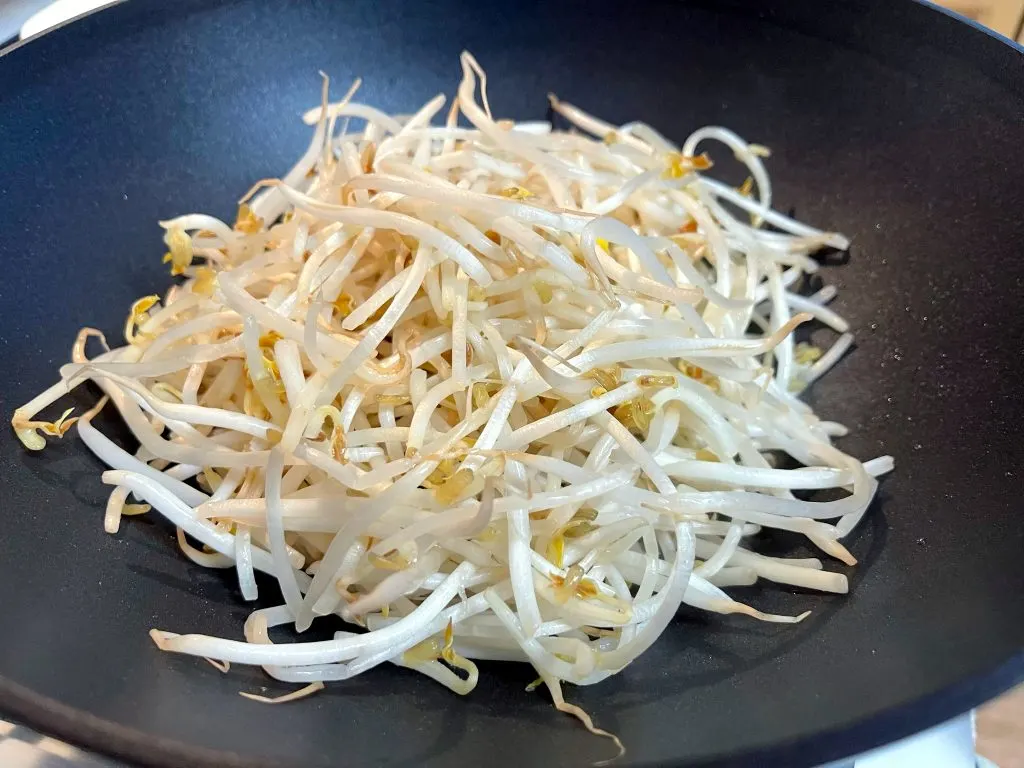
Bean Sprouts 豆芽, or mung bean sprouts, is a vegetable that is grown by sprouting mung beans. This vegetable is very popular and consumed in East and Southeast Asian.
Bean sprouts are very easy to grow, they mostly just need to be in the shade and in water, so they’re also often used in schools for science projects!
If you’ve never had it before and are wondering what they taste like, bean sprouts have a very mild taste – when it’s added to dishes it doesn’t take over any other flavors, but it does add a juicy crunch!
Nutrition wise, bean sprouts are an great source of antioxidants, which protect against cell damage and reduces the risk cancer and heart disease. It also contains a lot of vitamin C and Calcium.
If you’re looking for a recipe that uses bean sprouts, check out my Stir Fry Bean Sprouts and Garlic Chives recipe!
Garlic Chives
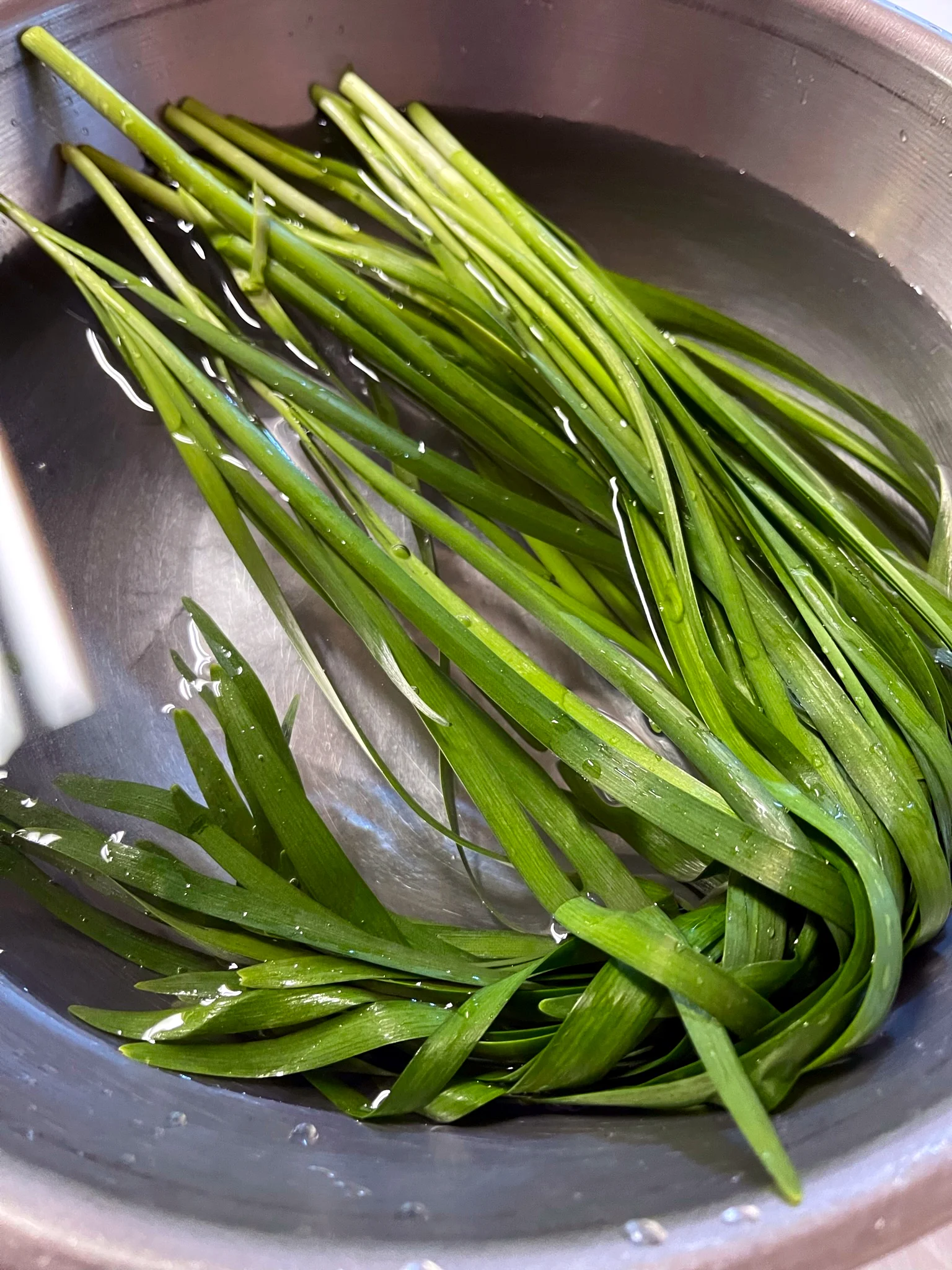
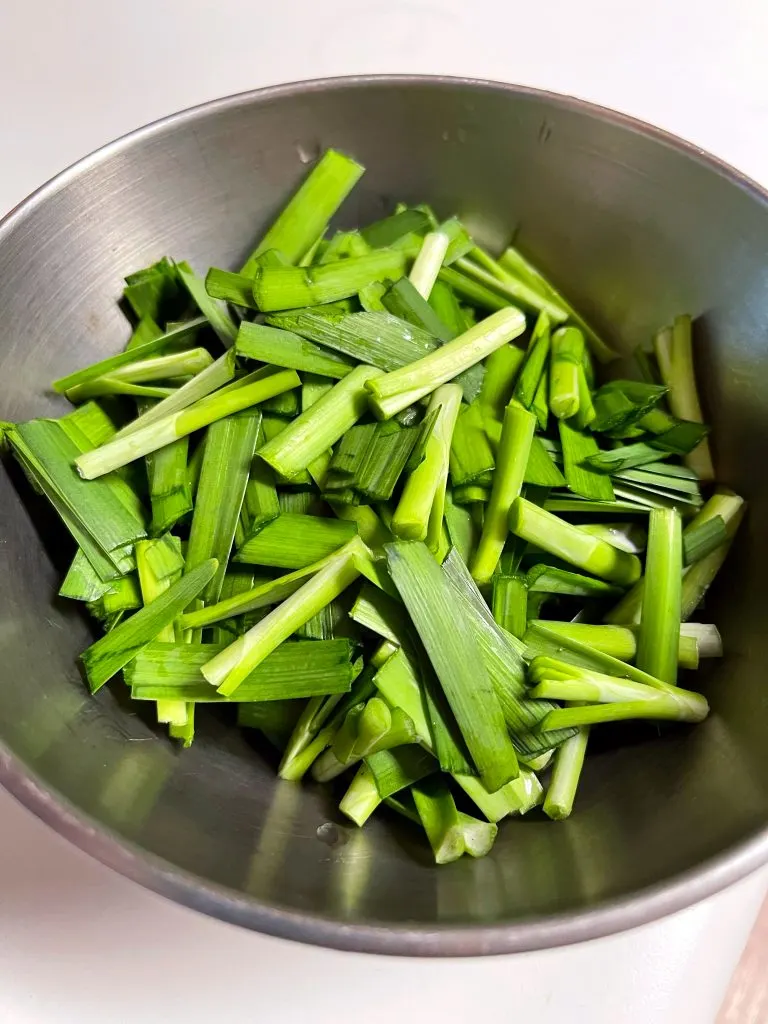
Garlic chives 韭菜, aka Asian chives, Chinese chives, Chinese leek, is a vegetable native to the Chinese province of Shanxi. Nowadays it’s cultivated and naturalized in many other countries across the world.
Garlic chives is known as garlic chives because they have a strong garlicky flavor! (And if you know me, you know I love garlic!) It is often used similar to scallions to add an extra taste to dishes, and so it’s often in stir fries, or dumplings.
This veggie is healthy too! It’s rich in Vitamin C, riboflavin, potassium, vitamin A, iron, thiamin, and beta carotene – which helps blood count increase, maintaining blood pressure, and increasing immune support.
If you’re looking for a recipe that uses garlic chives, check out my Stir Fry Bean Sprouts and Garlic Chives or Chinese Garlic Chives Pancakes!
Snow Peas
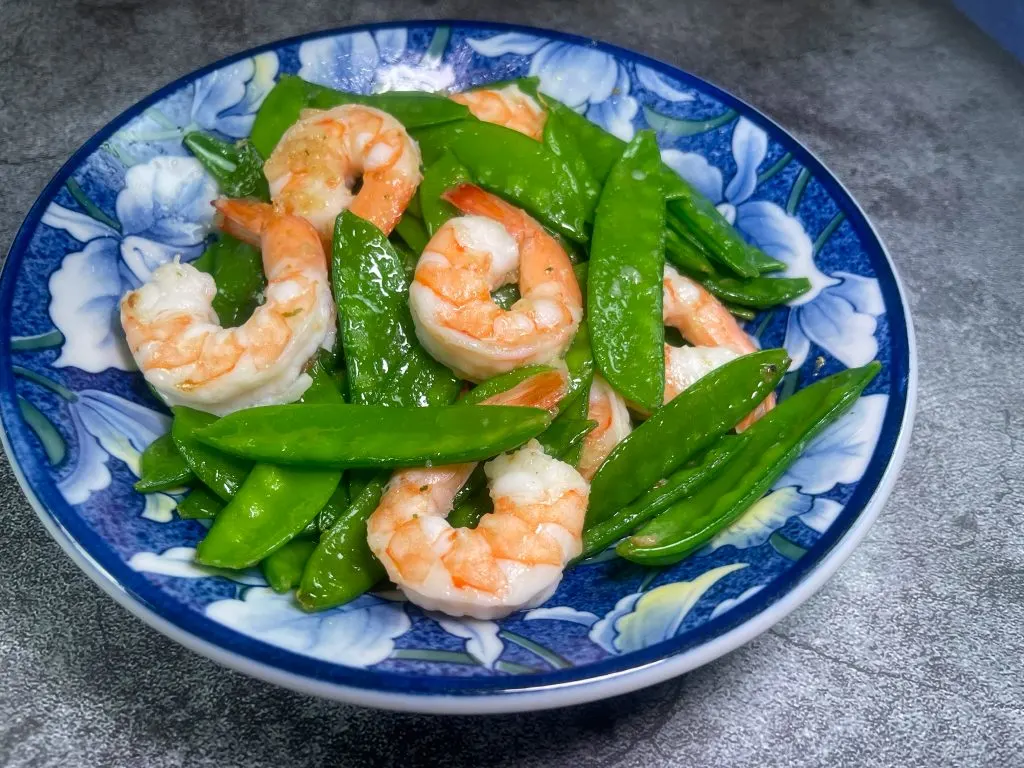
In case you’re not very familiar with snow peas, it’s a very popular veggie used in Chinese cooking. Here’s some additional info about this delicious and healthy vegetable!
You can buy snow peas fresh or frozen from the grocery store. I prefer fresh, and actually many grocery stores will have them already washed and packaged, ready to eat. You can eat snow peas cooked or raw.
A very popular to cook snow peas is to stir fry it (which is what we will do in this recipe.) To eat raw, you can add in salads and serve with dressing.
Prior to cooking or eating raw, you can remove the tough string around the pod. This is optional, but recommended if you prefer to not have to deal with the harder tougher parts of snow peas.
Snow Peas are packed with vitamin A and C, iron, magnesium, fiber, potassium, and folic acid. All this and being low in calories!
Snow Peas and Snap Peas are very similar – both are shelled with peas in the pod. They both are low in calories, while being nutritious (fiber, vitamin C, etc.). However, Snow Peas and Snap Peas are not the same.
Snap Peas are actually crossed between snow peas and garden peas (aka sweet peas)! Physically, snow peas are flatter and contain smaller peas inside. Snap Peas pods are more rounded and their peas are also bigger.
Taste wise, snow peas are less sweet than snap peas. But both are tender and crisp. Also, opposite of garden peas/sweet peas, you can eat the shell of snow peas and snap peas.
If you’re looking for delicious snow pea recipes, check out these snow peas recipes:
Chicken and Snow Peas Stir Fry
Snap Peas
Snap peas are also known as sugar snap peas. They are actually a cross between snow peas and garden peas. You can eat the whole pod similar to snow peas. It has a crunchy texture, and mildly sweet flavor.
You can actually eat snap peas cooked or raw – Other than stir frying them, I absolutely love eating them with some ranch dip! Next time you are putting together a veggie tray, be sure to add snap peas to the mix!
Snap peas contain fiber and protein. They’re also a great source of vitamins and minerals such as vitamin C, iron, and potassium. Read more about snap peas health benefits here!
If you’re interested in making some snap peas, check out my Snap Peas Chicken Stir Fry or Snap Peas Shiitake Mushrooms Stir Fry!
Bitter Melon / Bitter Gourd
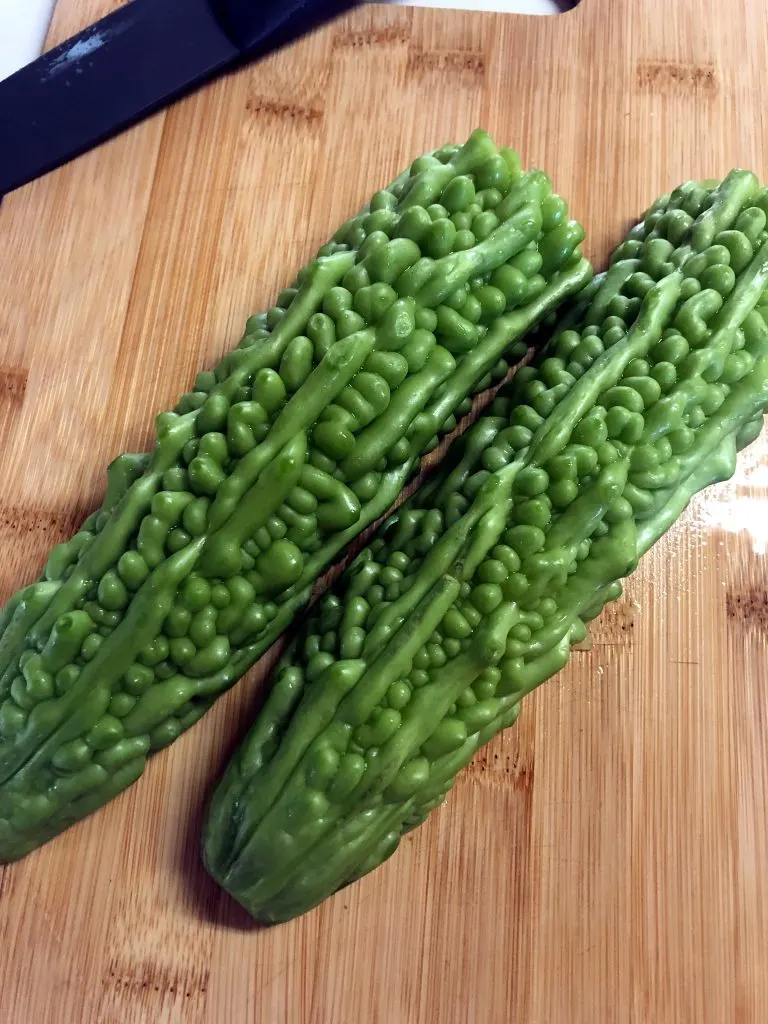
Of all the various types of Chinese Vegetables we use in cooking, this one might be the hardest one to be accustomed to if you’re not familiar with it.
Bitter melon, aka bitter gourd, is part of the gourd family – closely related to zucchini, squash, and cucumber.
Many Asian cuisine uses bitter melon as an ingredient, including Chinese, Indian, Burmese, Indonesian, Thai, and more.
This gourd is known for its bitter tasty and bumpy appearance. It can definitely be known for its acquired taste, but some still like to eat it due to its health benefits.
Bitter melons is a good source of vitamin A, vitamin C, folate, fiber, and Iron. It can also help reduce blood sugar, decrease cholesterol, and may have cancer fighting properties!
Now for the Interesting fact of the day: These babies have also been used as the bittering agent instead of hops in some Chinese beers!
If you’d like to check out this veggie, I recommend this Bitter Melon Lamb Stir fry recipe! Or my Bitter Melon Stir Fry with Dried Fish recipe!
Luffa Gourd (Silk Melon, Si Gua)
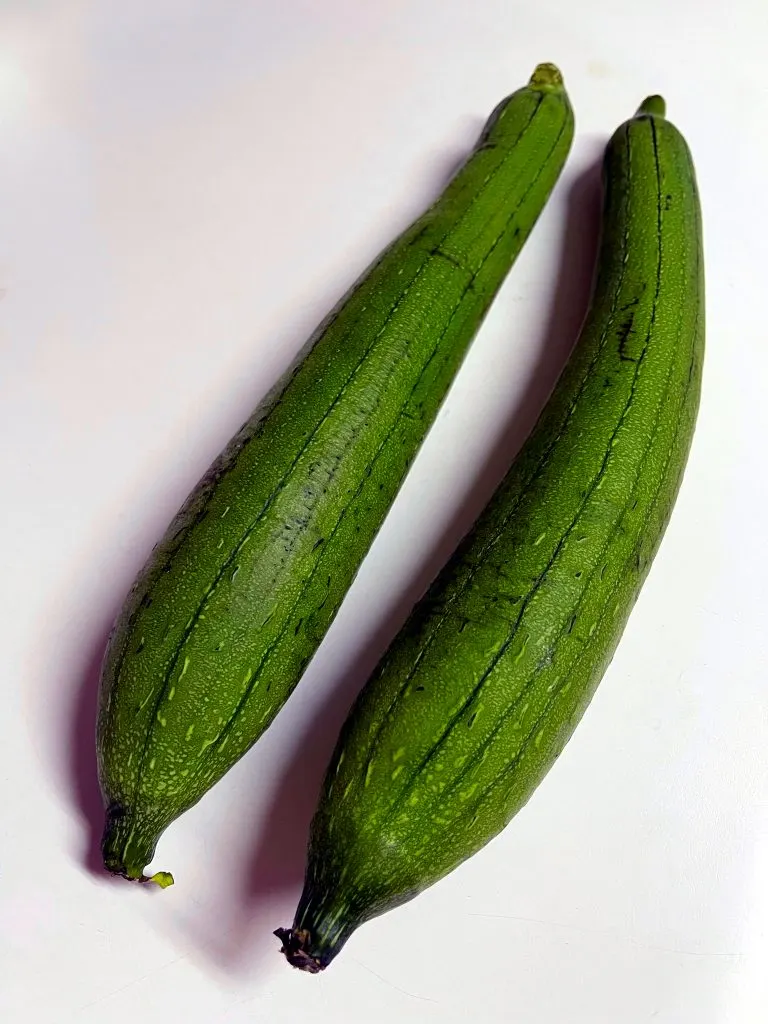
Luffa, aka Chinese okra, silk melon, si gua 絲瓜 and many other names, this gourd vegetable is harvested at an early stage of development as food. Once it is actually fully mature, it is too fibrous to eat – and actually is what is the source of the loofah scrubbing sponge!
This vegetable is popular in many Asian countries including India, China, Taiwan, and Vietnam. Not only is it a tasty vegetable, it also contains dietary fiber, manganese, vitamin C and vitamin A. It can be served raw (in salads, or it can be cooked (in stir fries).
The luffa vegetable has white interior that is mild and slightly sweet. When you cook it, it is similar to zucchini or summer squash, but with a software interior.
If you’re looking for a luffa gourd/si gua recipe – check out my Stir Fry Luffa Gourd (Silk Melon, Si Gua) recipe here!
Winter Melon
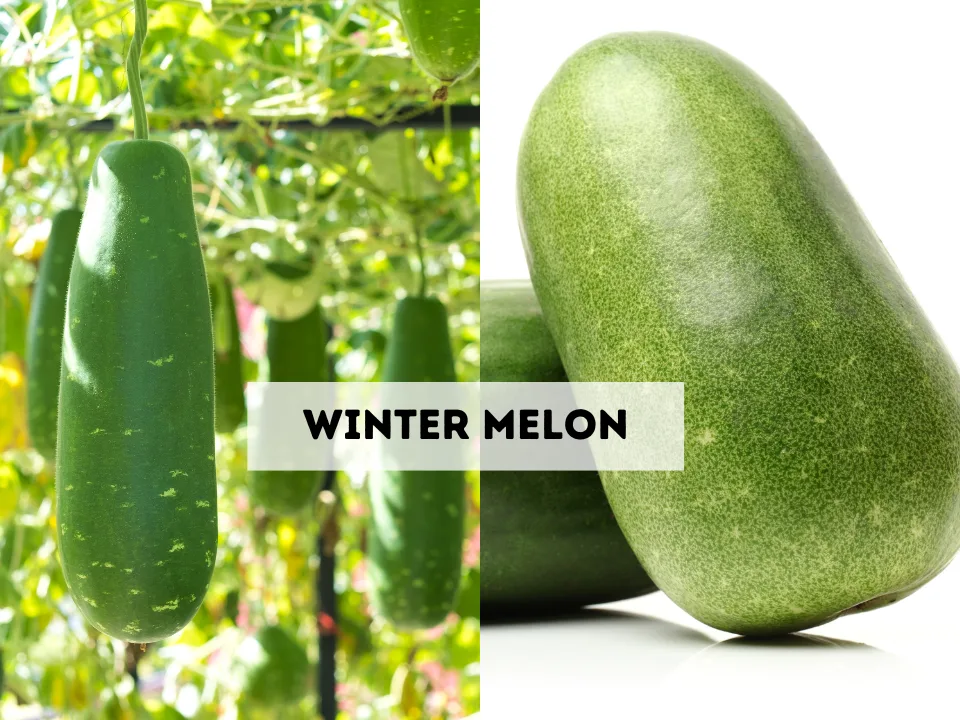
Winter melon 冬瓜 is known by many names – winter gourd, wax gourd, ash gourd, white gourd, and more! It is grown on vines. This veggie is technically a fruit (similar to how tomatoes, cucumbers, eggplants are actually fruits!)
When it is young, winter melon has a fuzzy coating – however, once it reaches maturity, the fruit loses all the fuzz and it is replaced by a waxy coating which is why it is also known as wax gourd! It’s because of this coating that helps winter melons have a long shelf life (of up to a year!).
Winter melon is native to South and Southeast Asia – today it is widely grown through out Asian countries including Japan, Taiwan, China and more.
This veggie by itself has a very mild and somewhat bland flavor. Its taste is similar to that of cucumber – refreshing and vegetal and slightly grass like.
Winter melon is low in calories, fat, and carbs. It is rich in fiber and antioxidants – making it a healthy veggie to eat!
Check out my Stir Fry Winter melon recipe here!
Celtuce
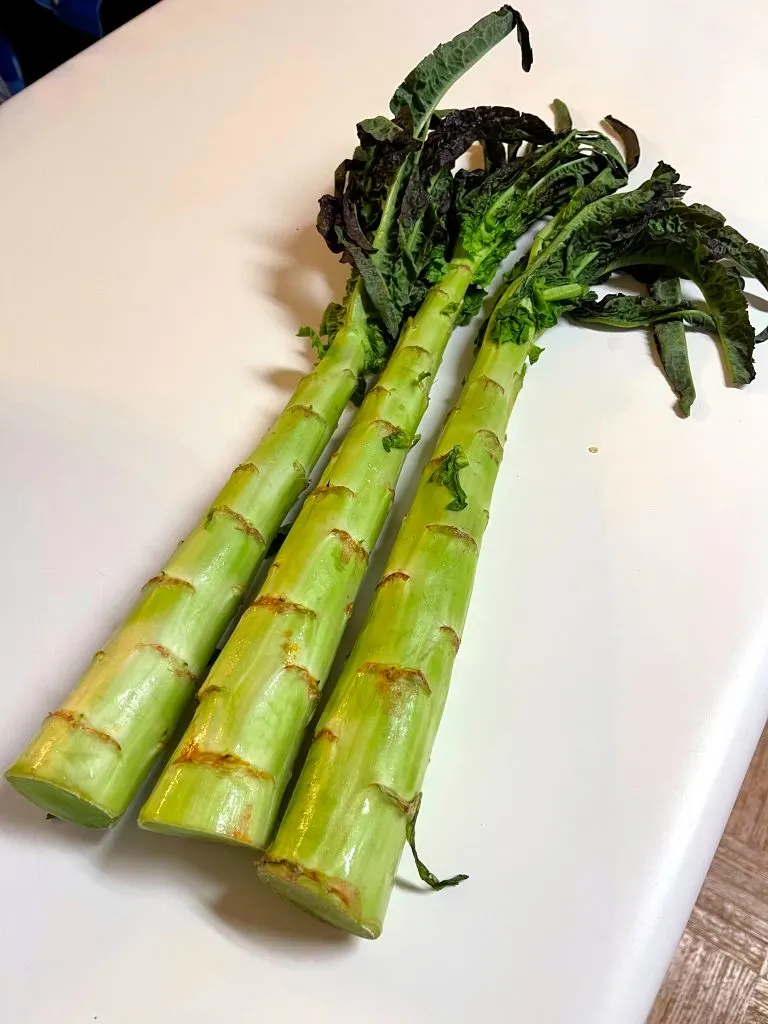
Celtuce is a vegetable and is also known as stem lettuce, celery lettuce, asparagus lettuce, and wosun 萵筍 in Mandarin Chinese. Unlike many vegetables where the focus is on the leaves, this vegetable is known for its giant stems.
You can eat this vegetable raw or cooked. It can be pickled, grilled, stir fried, or prepared in a salad. Celtuce taste is is mild but in a way nutty, with a slight smoky aftertaste. I prefer it raw like in this recipe because it is so crunchy and refreshing.
Celtuce is low in calories, and is packed with vitamins and minerals, such as iron, calcium, magnesium, phosphorus, potassium, vitamin C, and B vitamins – making it a healthy vegetable!
If you’re looking to try this veggie out – I recommend this Chinese Celtuce Salad recipe!
A Choy (Taiwanese Lettuce)
A Choy is a leafy green vegetable that taste similar to lettuce that is very in Taiwanese and Chinese cuisine. In fact, it is also known as Taiwanese Lettuce. It’s a refreshing veggie as it’s crisp and also has tender leaves.
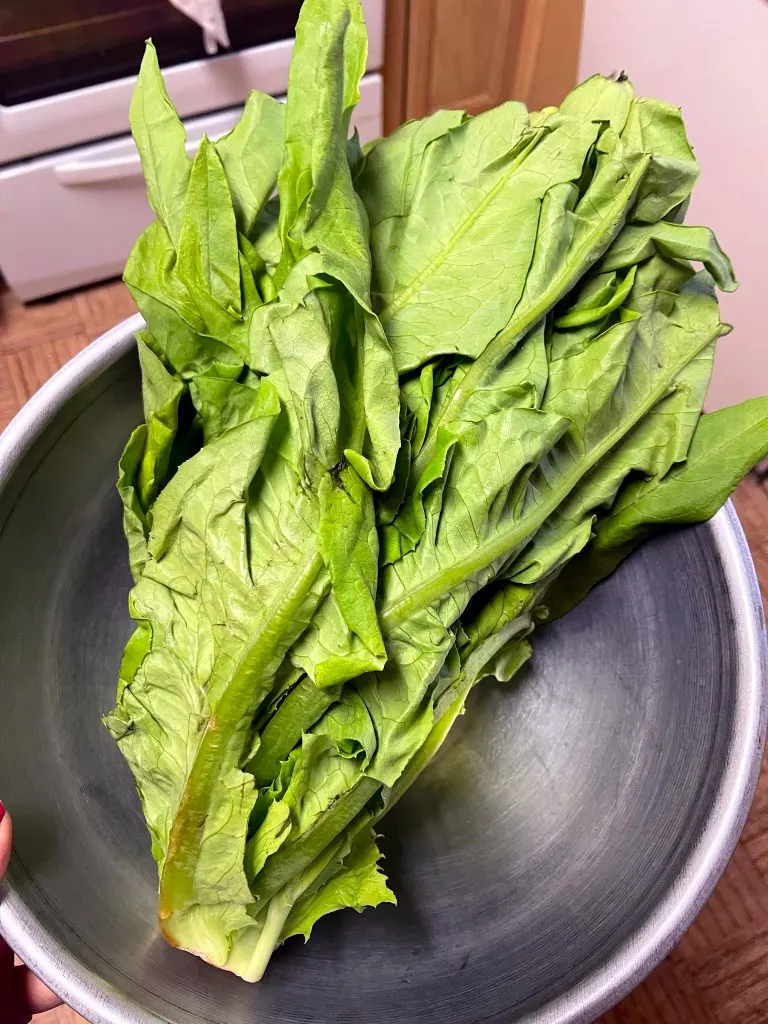
Fun fact – A choy is the leafy parts of Celtuce (aka wo sun) above – they’re the same plant!
If you want to learn how to stir fry this veggie, check out my Stir Fry A Choy Recipe.
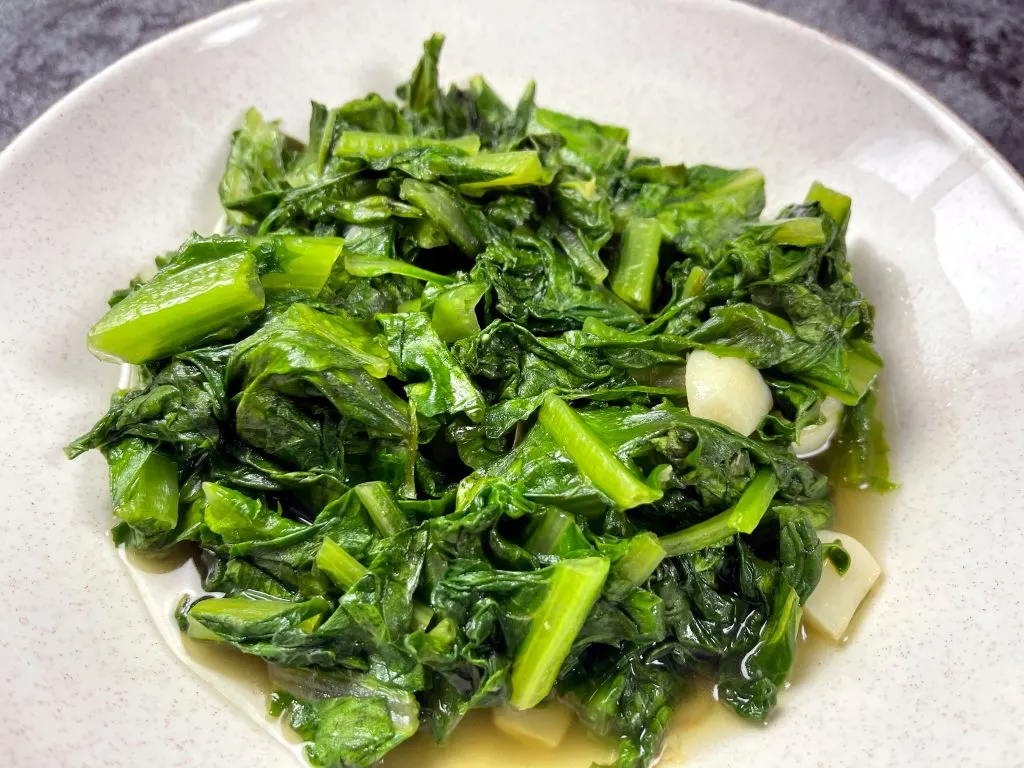
Chinese Celery
Chinese celery is also known as Leaf celery. This type of celery originates from East Asia and popular in stir fries in Chinese cuisine.
Chinese celery is different than regular celery in that the stems are thinner and softer, and so in stir fries it takes less that to cook in order to soften.
Usually Chinese celery is used for this recipe, however, if you can’t find it, or have regular celery on hand, you can julienne the regular celery thinner, and it will cook faster.
If you’re looking for a delicious Chinese celery recipe – check out my Stir Fry Shredded Meat Celery and Dried Tofu (Dougan)!
Daikon Radish
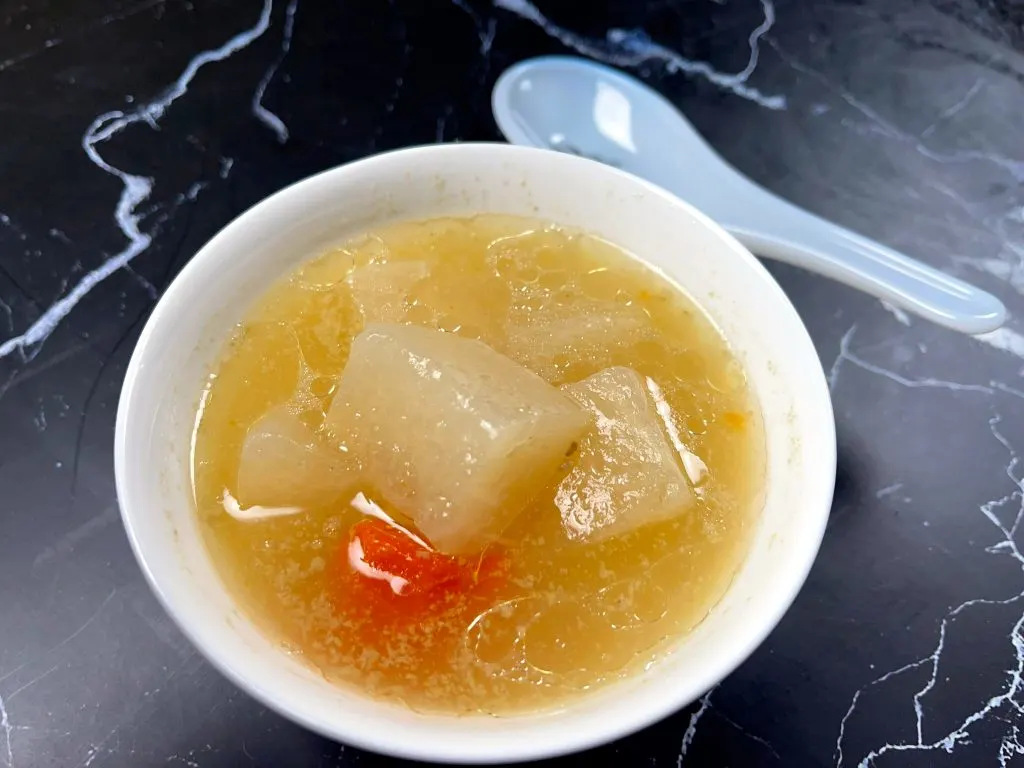
Daikon is a type of radish that’s native to China and Japan. Many different places call it different names such as Japanese radish, Chinese turnip, white radish, winter radish, Oriental radish, mooli and more.
The words Daikon actually translates to “Big Root” in Japanese language, and that makes total sense because it is a giant root!
If you’re looking for a delicious recipe try my Daikon Radish Pork Soup here!
About Ginger
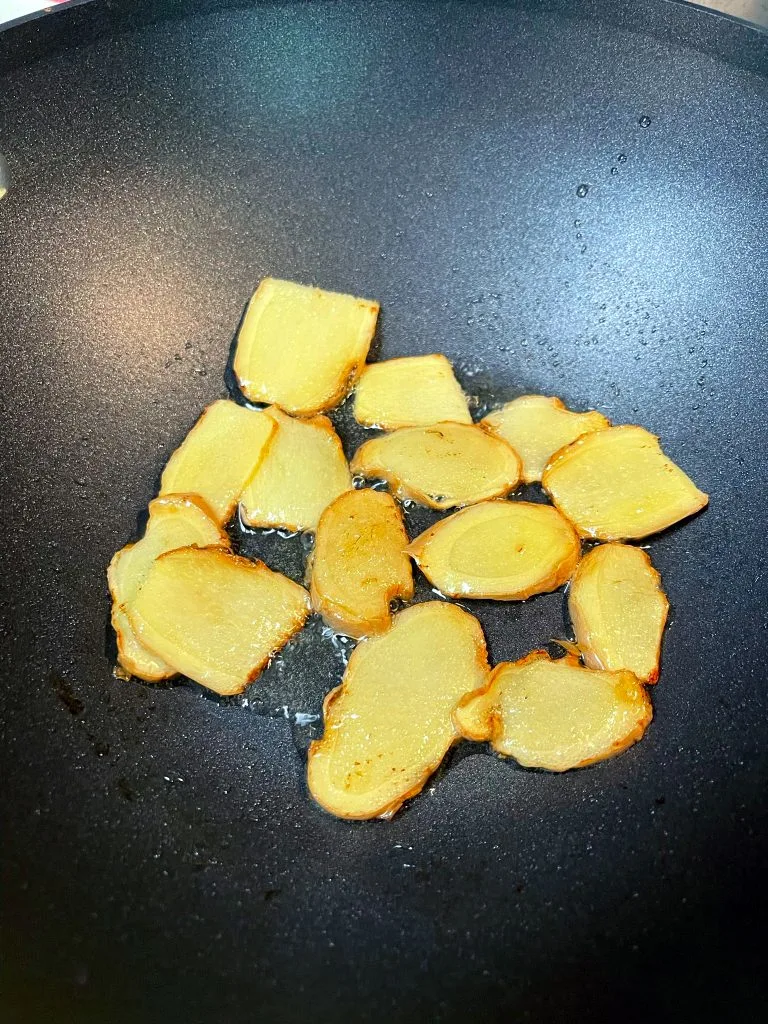
Ginger is a spice that can be used in both sweet and savory dishes. It has a slightly spicy, peppery flavor, and a citrusy undertone. Ginger is often used in ginger ale, ginger beer, and ginger snaps. It can also be added to stir-fries, curries, and desserts.
Fresh ginger is a good source of vitamins and minerals, such as vitamin C, manganese, magnesium, and potassium. It also contains gingerols, which are compounds that have anti-inflammatory and antioxidant properties, making it a very healthy ingredient in cooking!
About Scallions
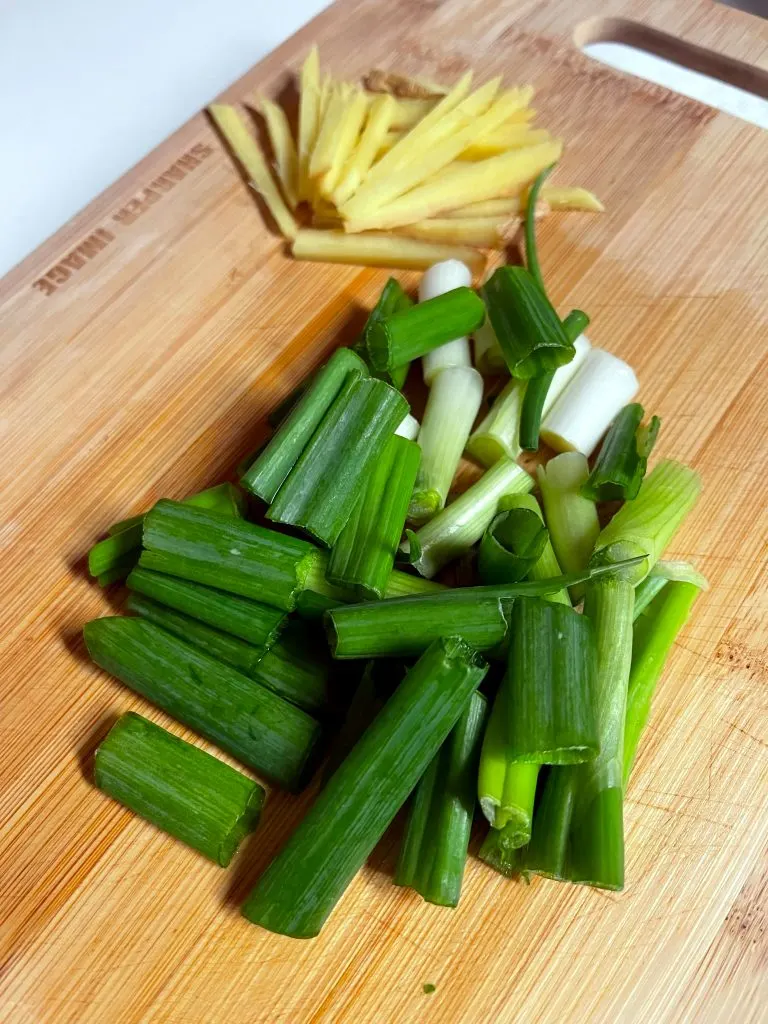
Scallions, aka Green Onions, are a type of onion that is harvested early, before the bulb has had a chance to fully develop. They have long and thin green stalks and a white bulb at the base. Green onions are in the same family as onions, garlic, and shallots – all such tasty ingredients to add to a dish!
Green onions have a mild, oniony flavor and is often used as a garnish or added to salads, stir-fries, and soups.
Kabocha Squash / Japanese Pumpkin
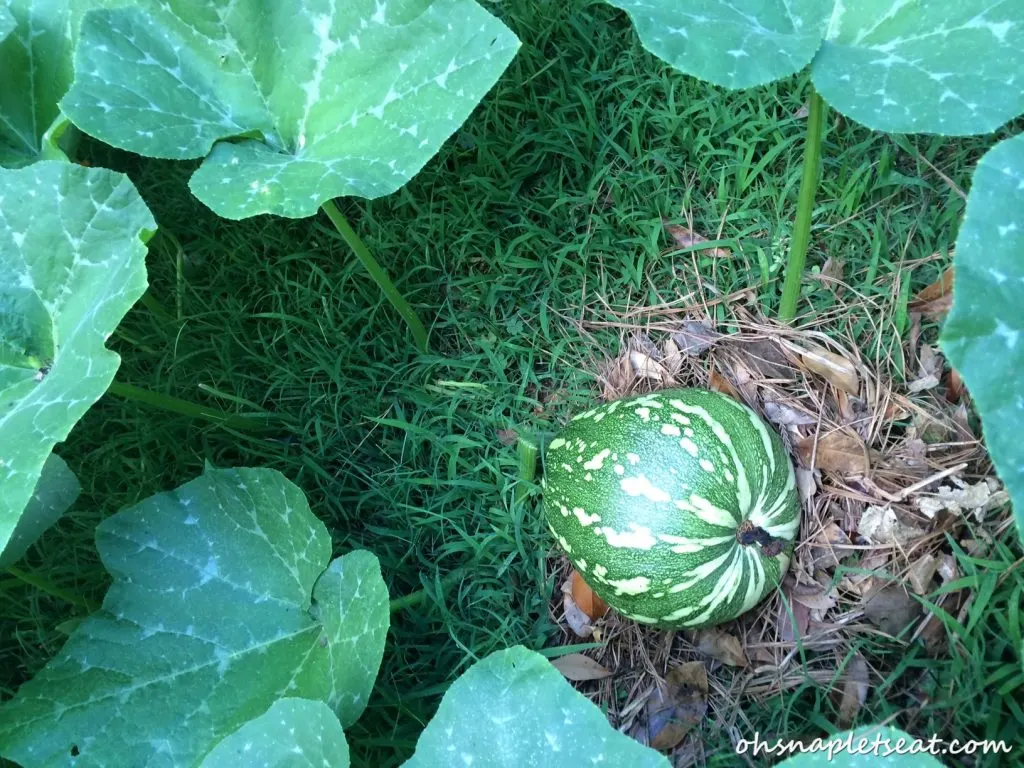
Kabocha Squash, aka Japanese Pumpkin カボチャ, 南瓜, is a type of winter squash. It’s got a hard exterior that is green, and the interior is orange.
Taste wise, the interior flesh is sweet, similar to butternut squash except even sweeter. The texture is very similar to pumpkin. While the exterior or rind is edible, it is very hard and takes a while to cook so many dishes call for peeling the skin off prior to cooking.
Fun fact, here in the States we call this type of squash/pumpkin ‘Kabocha’, however, in Japan they refer to all squash and pumpkins as ‘kabocha’.
If you are looking for recipes for Kabocha Squash – check out my Kabocha Squash Soup recipe here!
Different Types of Mushrooms
There are so many delicious mushrooms in Asian cuisine! Shiitake mushrooms, king oyster mushrooms, enoki mushrooms, and more! So many that I wrote an entire article about it – check out all the different types of mushrooms here!
Different types of Eggplants
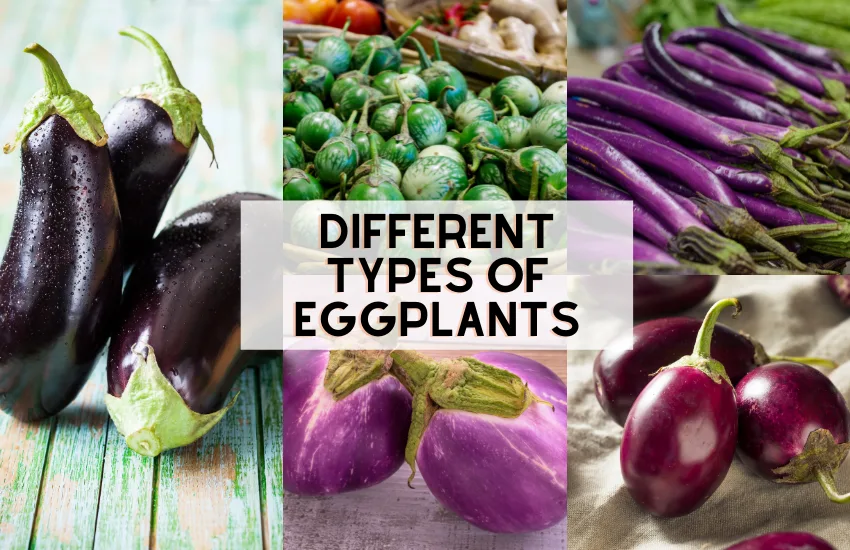
There are so many delicious Eggplants in Asian cuisine! Chinese eggplants, Japanese eggplants, Indian Eggplants, and more! So many that I wrote an entire article about it – check out all the different types of eggplants here! Or check out my delicious Asian eggplant recipe round up here!
Pin these Chinese Vegetables for later!
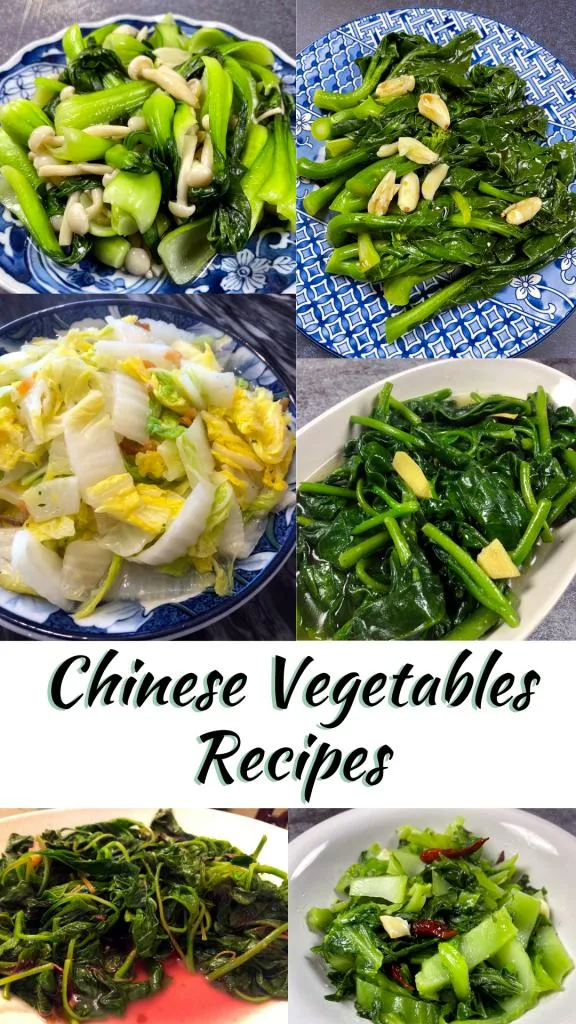
Now that you’ve learned all about Chinese Vegetables and got access to all the Chinese Vegetables recipes, what is your favorite one? And which was your least favorite??


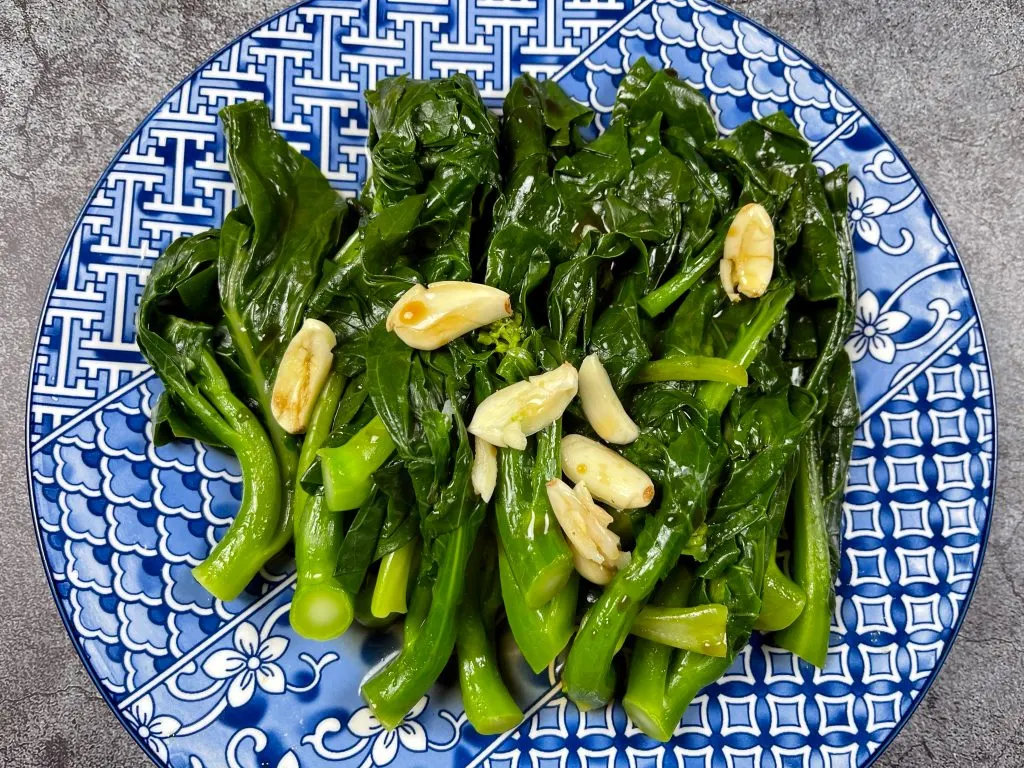
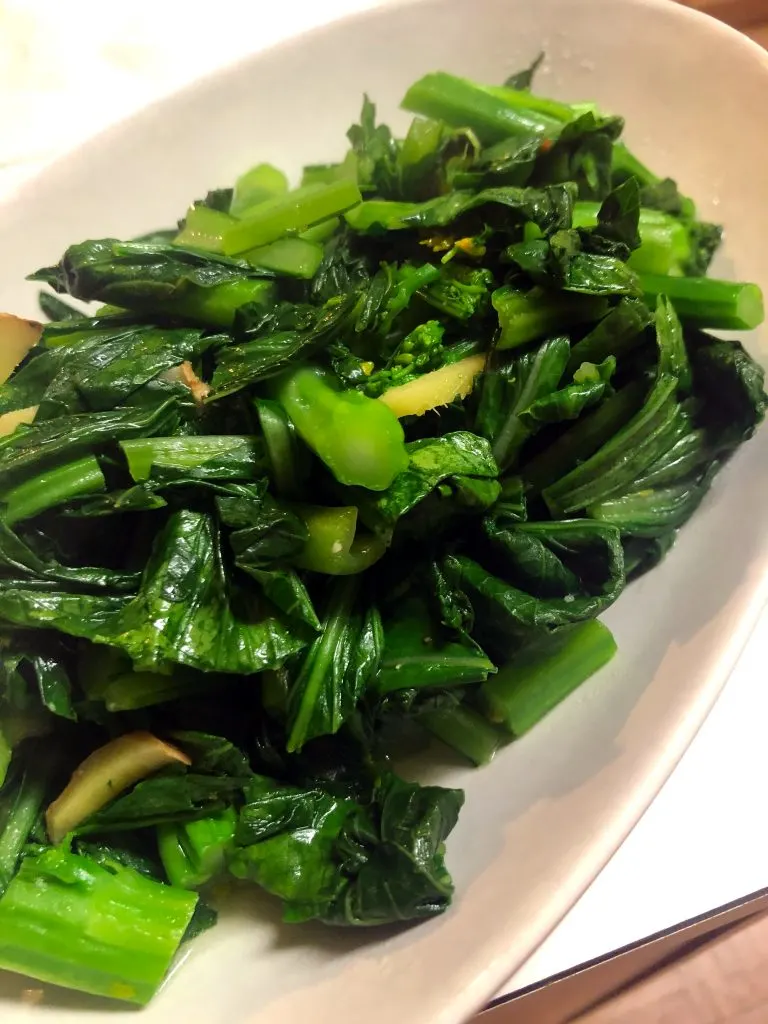
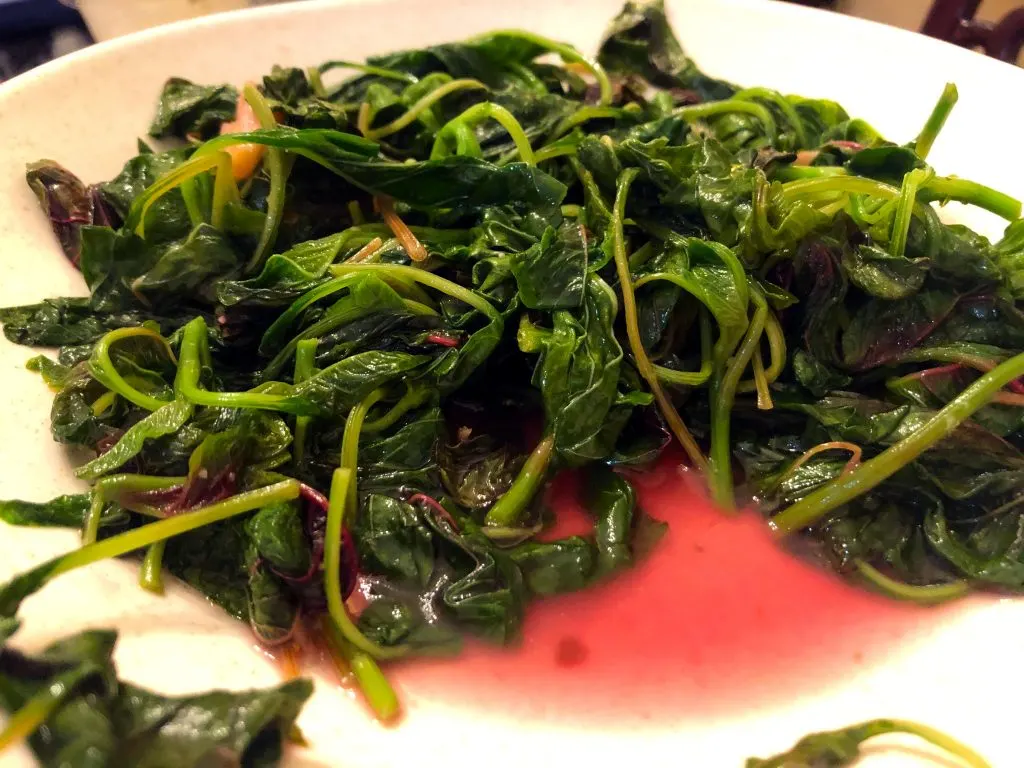
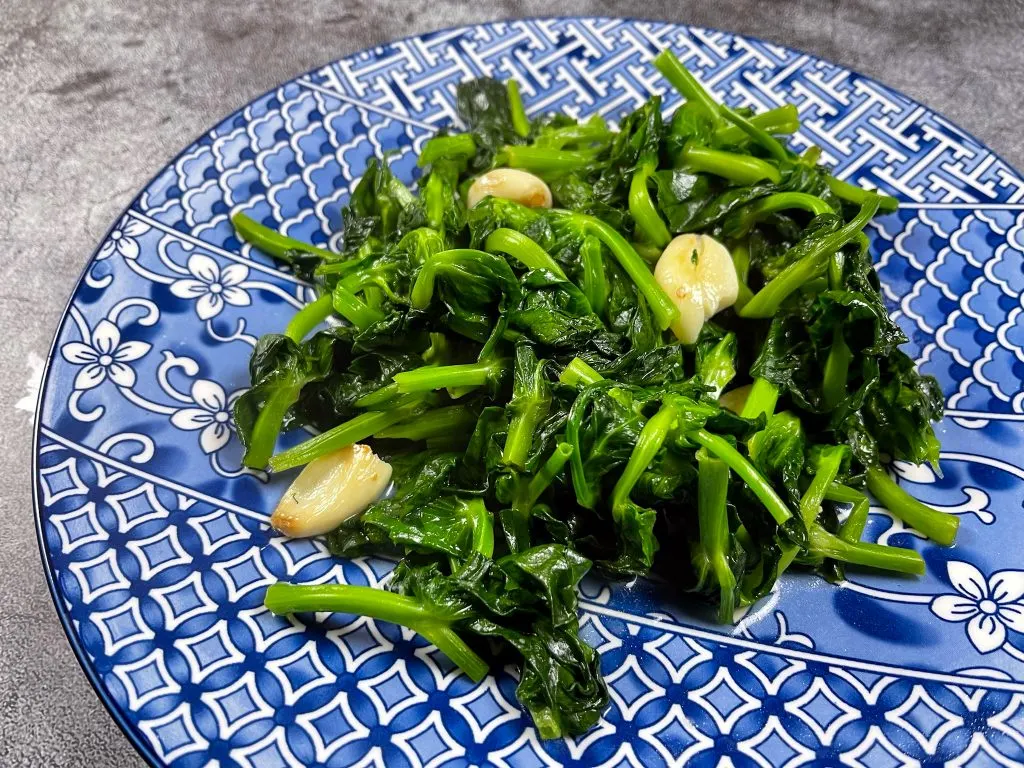
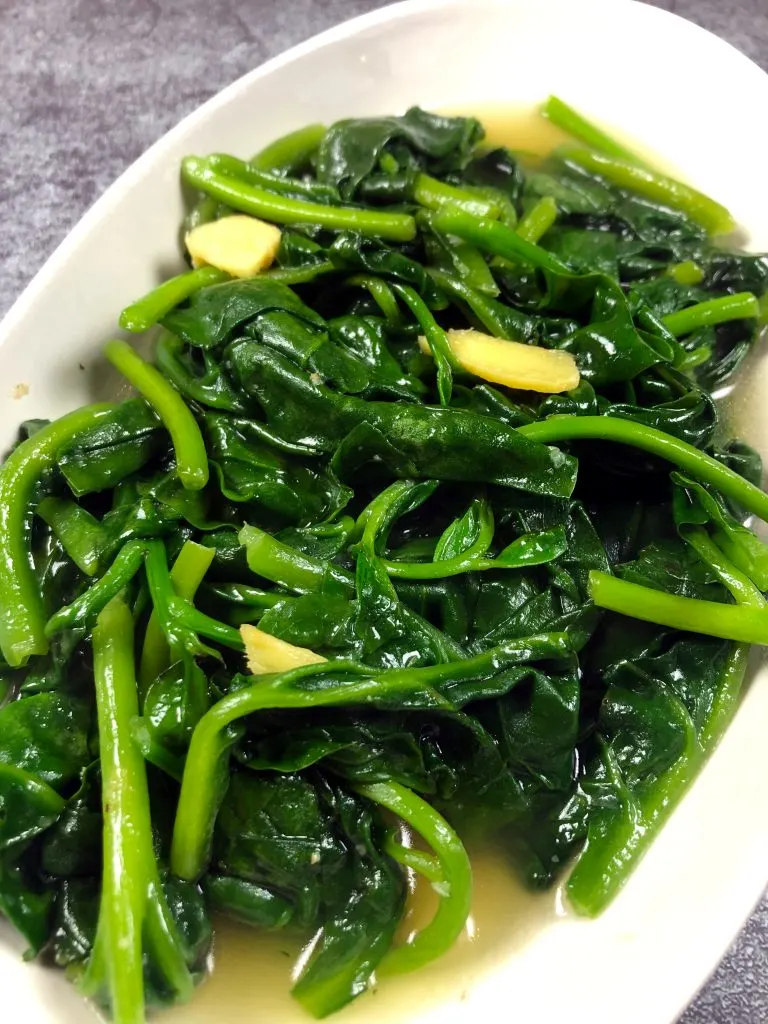
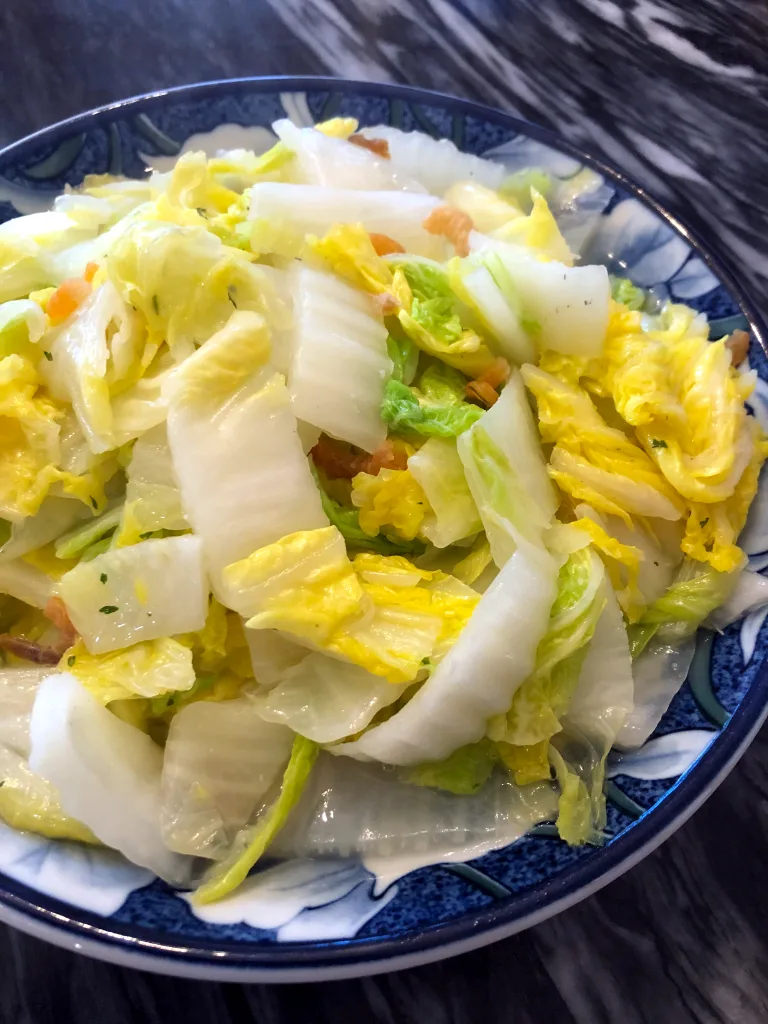
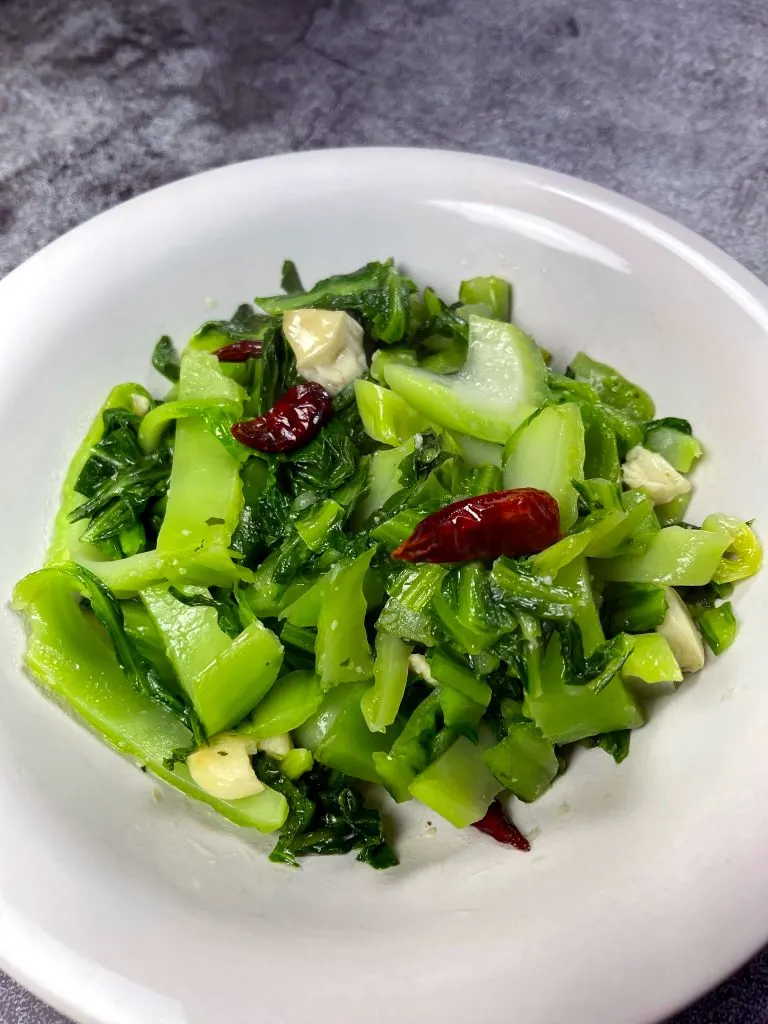
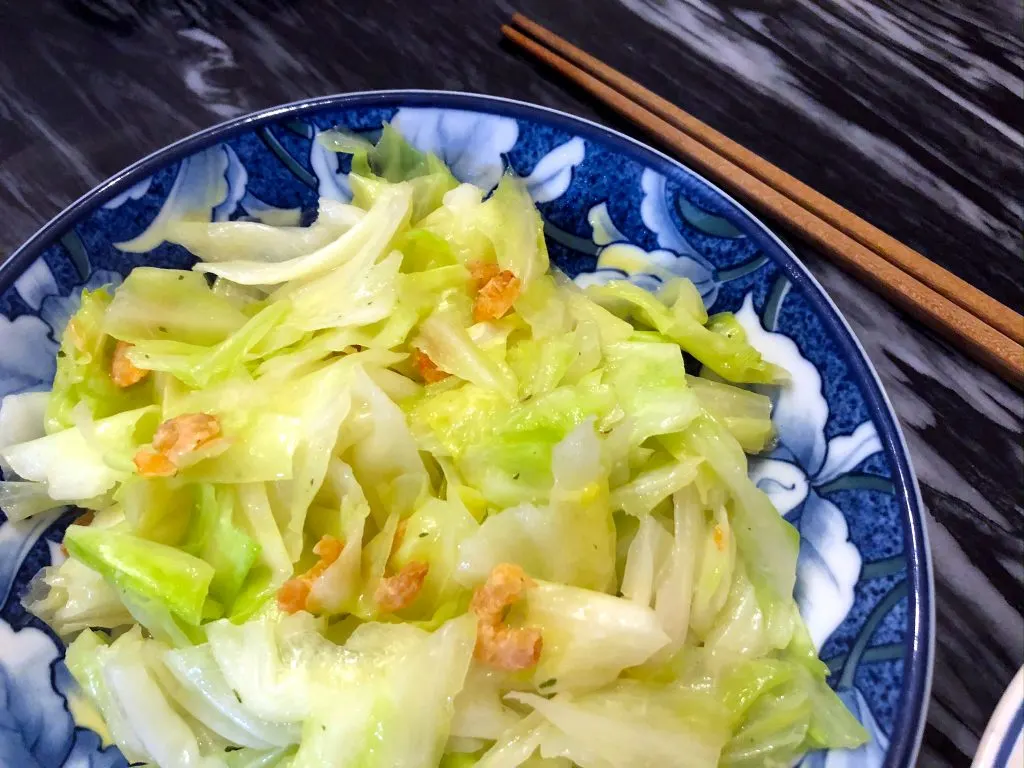
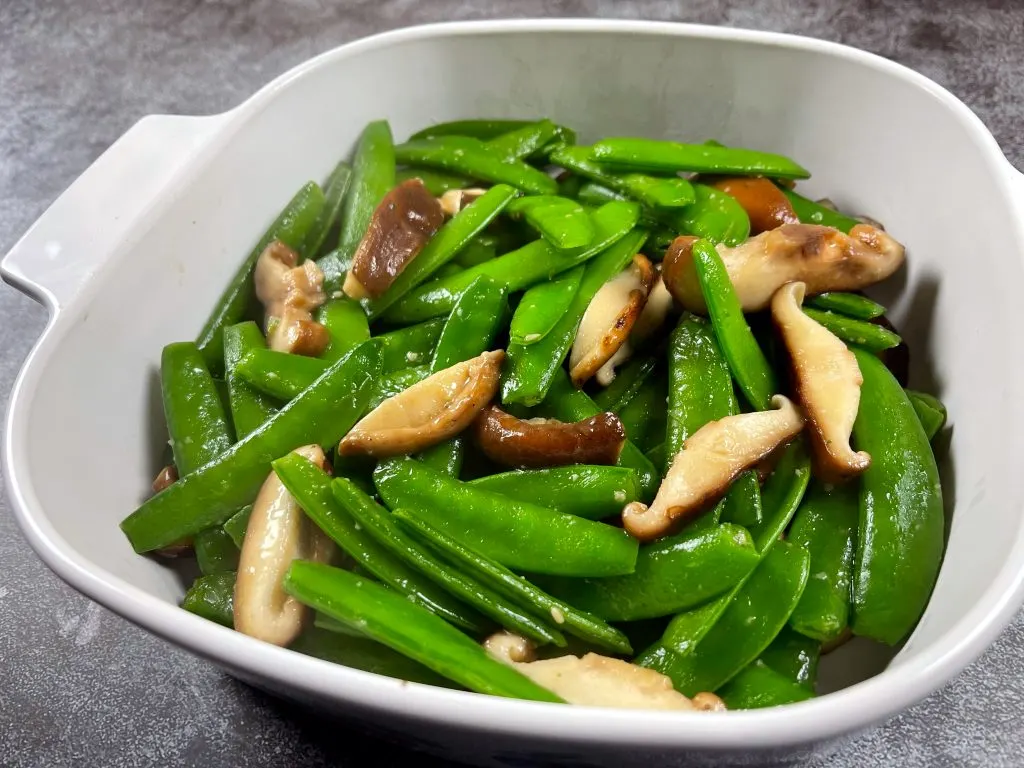
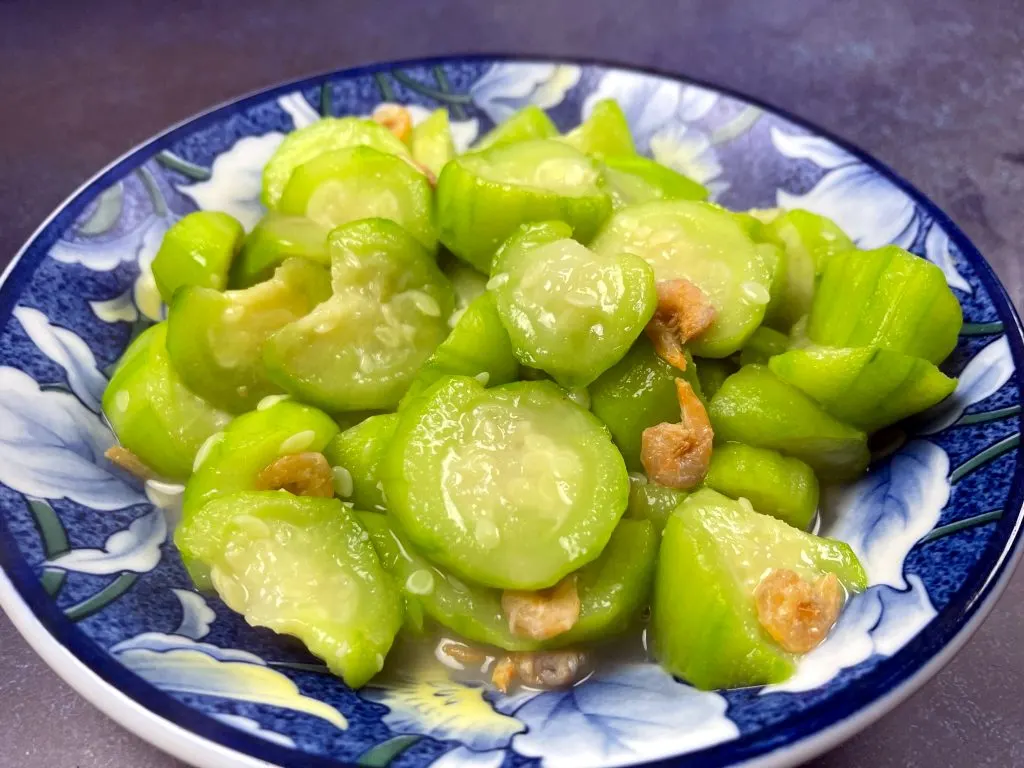
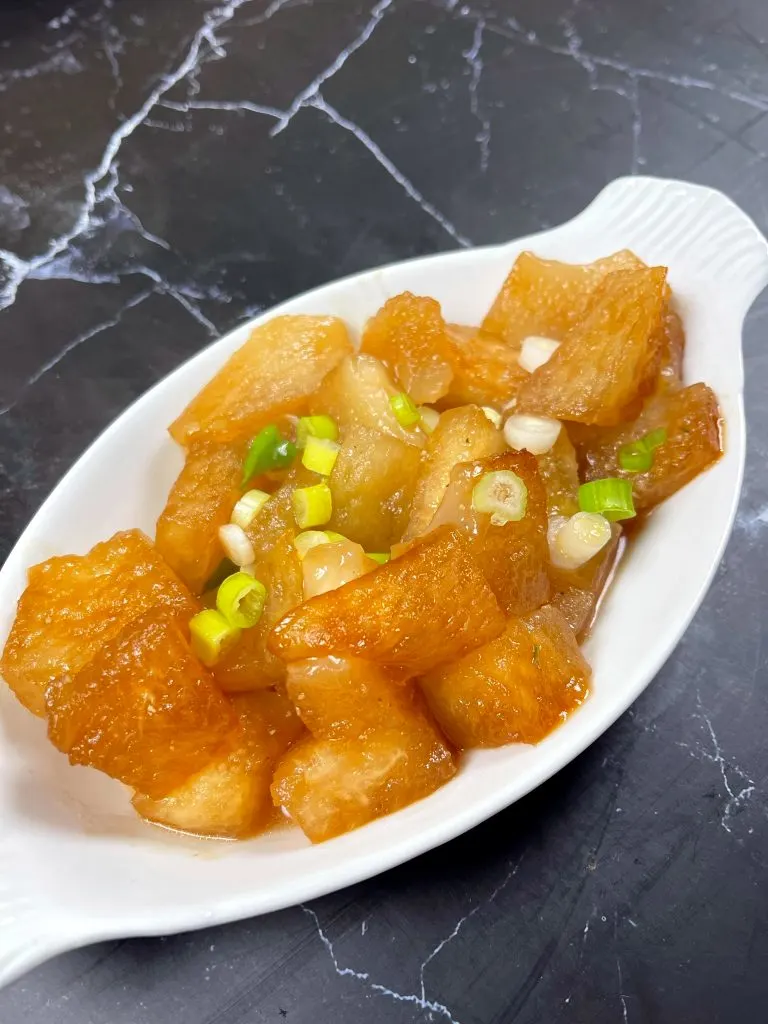
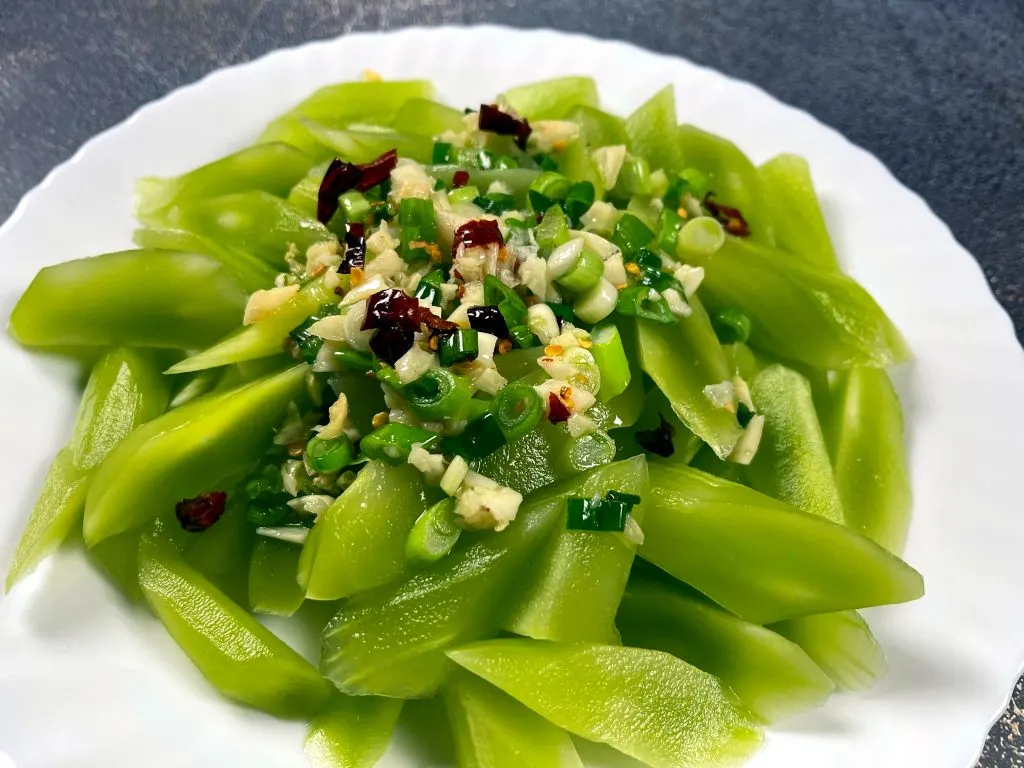
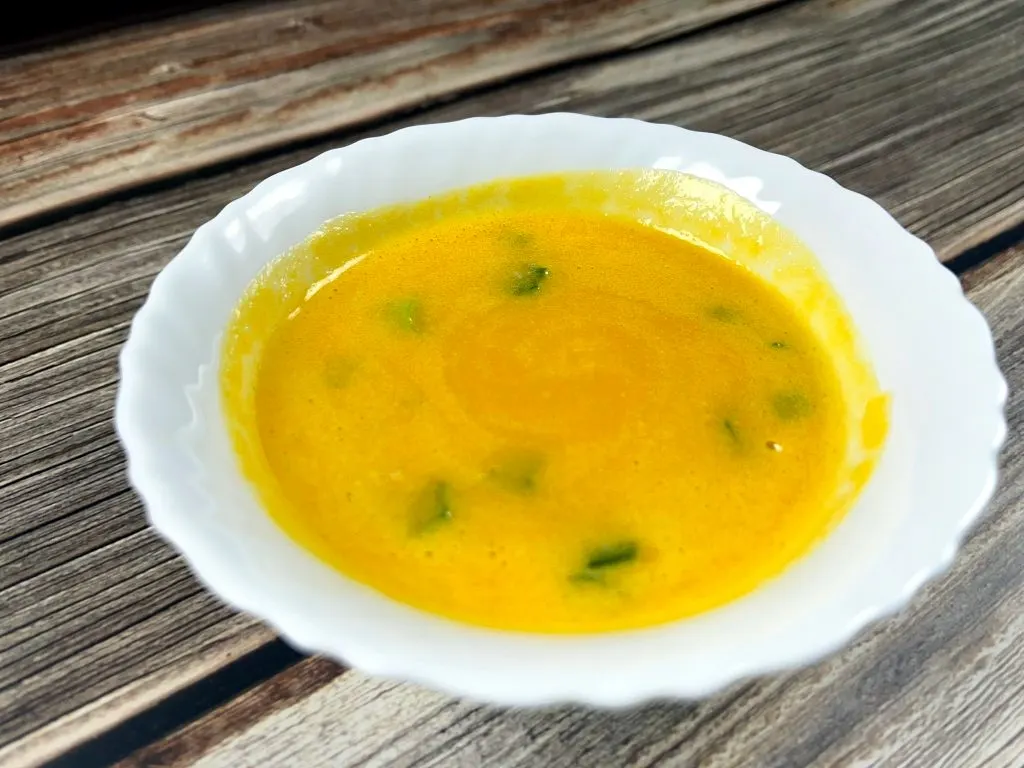
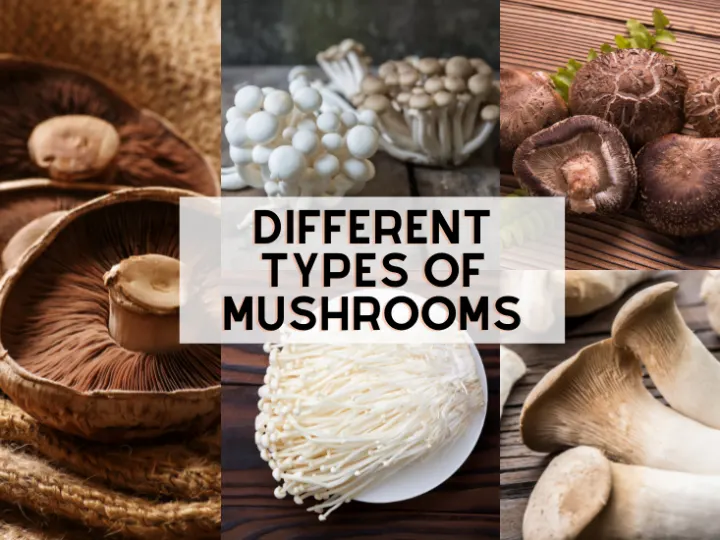
Mama Mia
Tuesday 5th of September 2023
The Winter melon is actually Hairy melon . It’s used for soups, stir fry as well. It has a fuzzy skin. Winter melon is mainly used for soups . Hope I’m right
Fernando C Rodrfgues
Thursday 17th of August 2023
Would love to grow Asian vegetables and greens. Recommendations for seed company's with best prices?